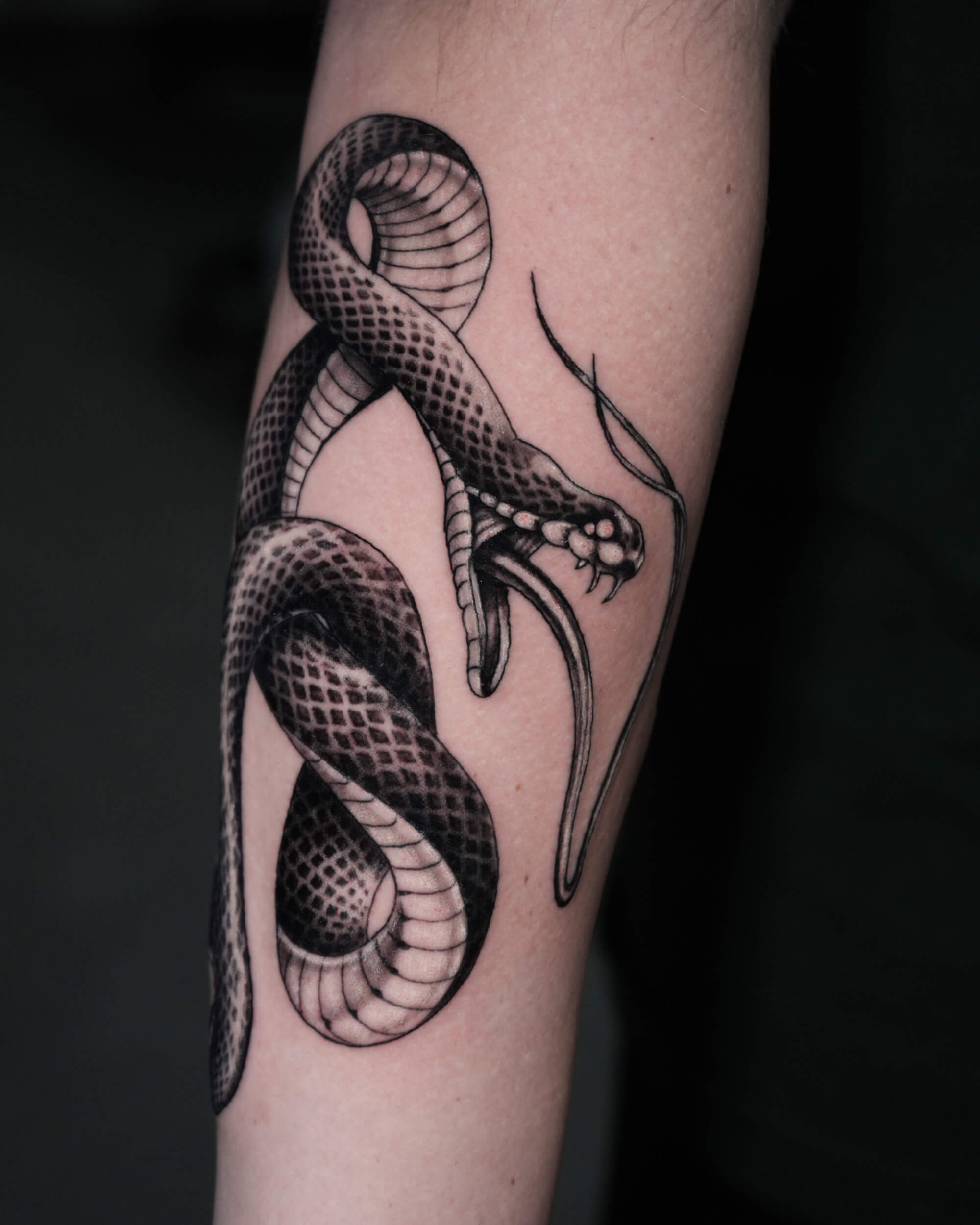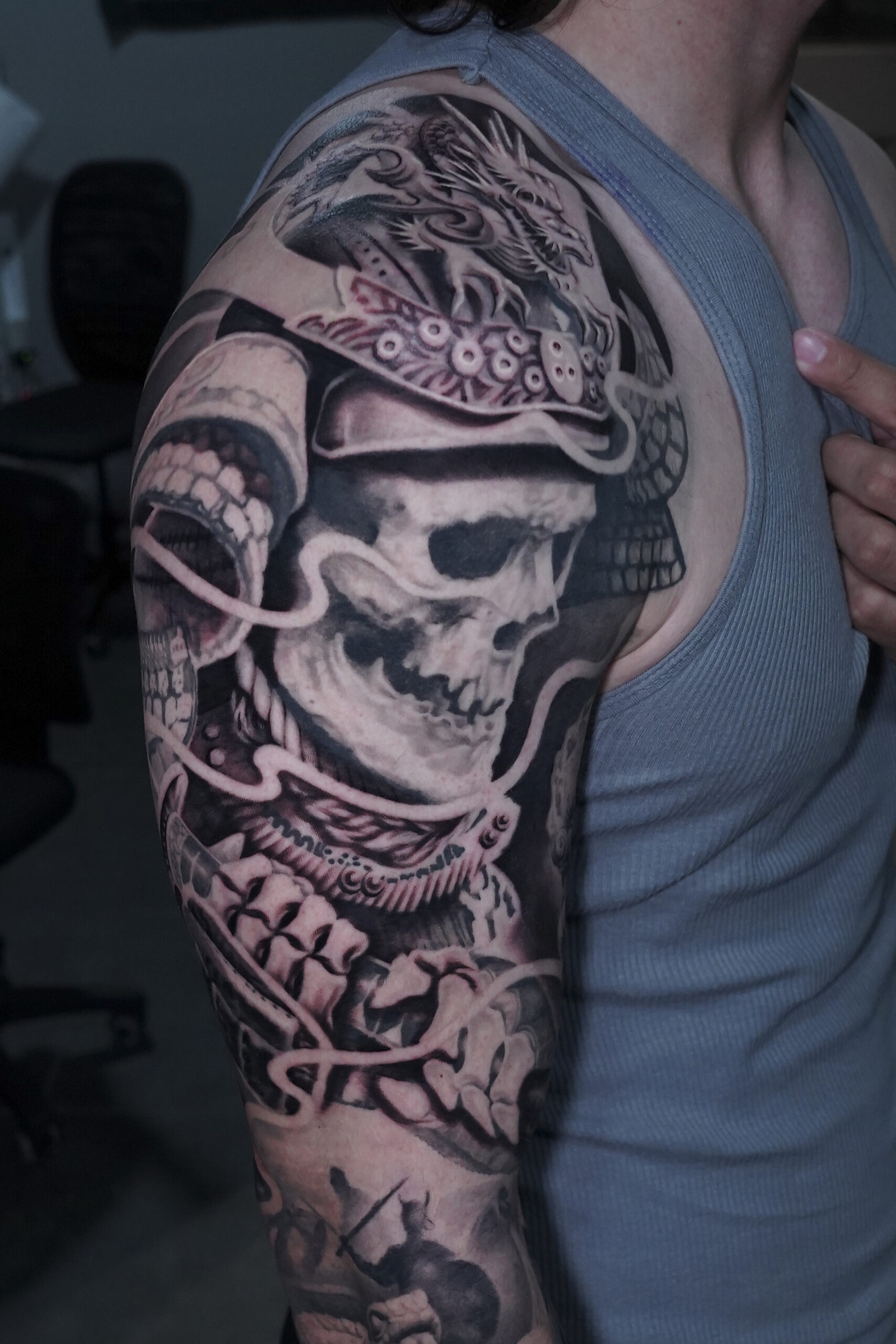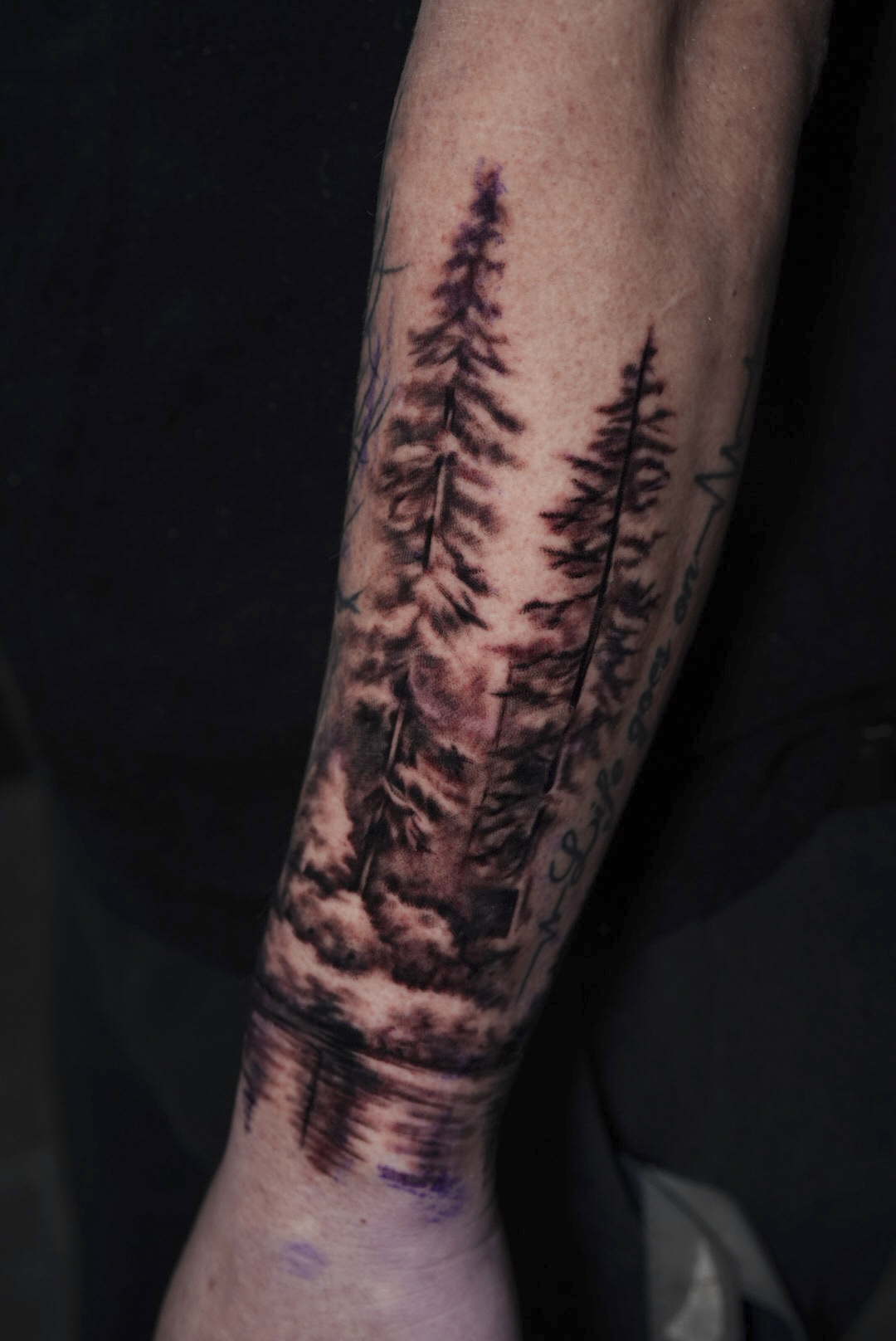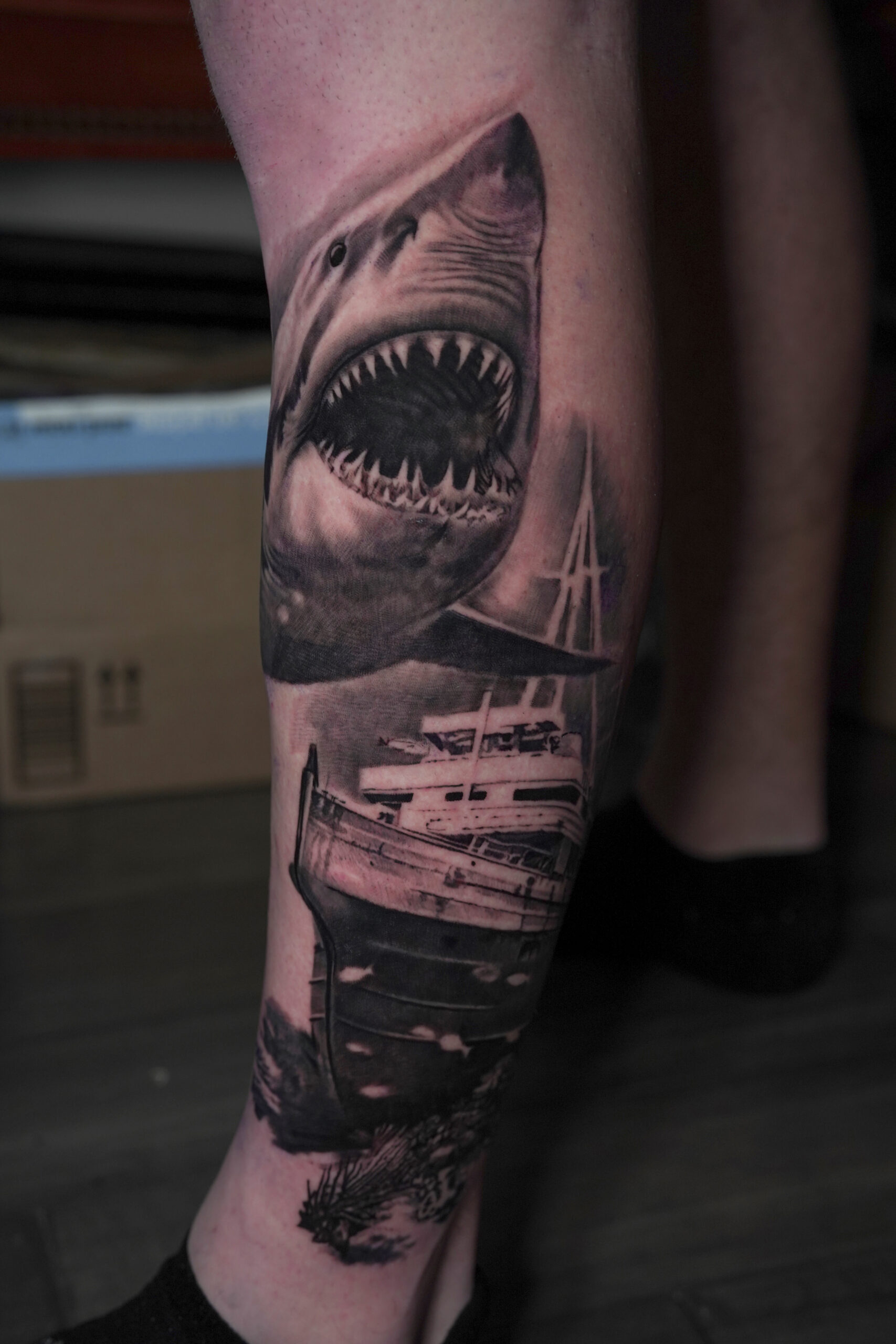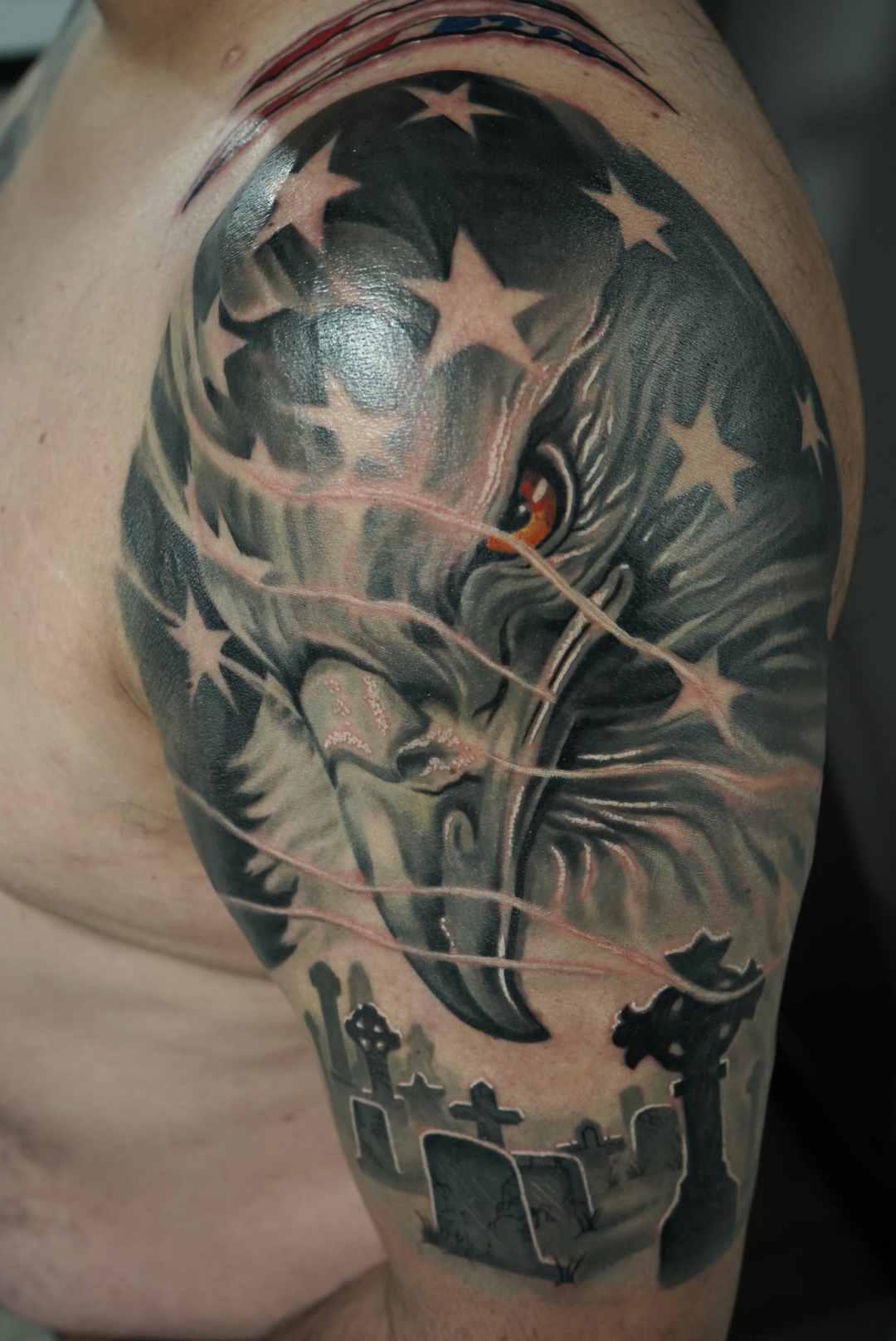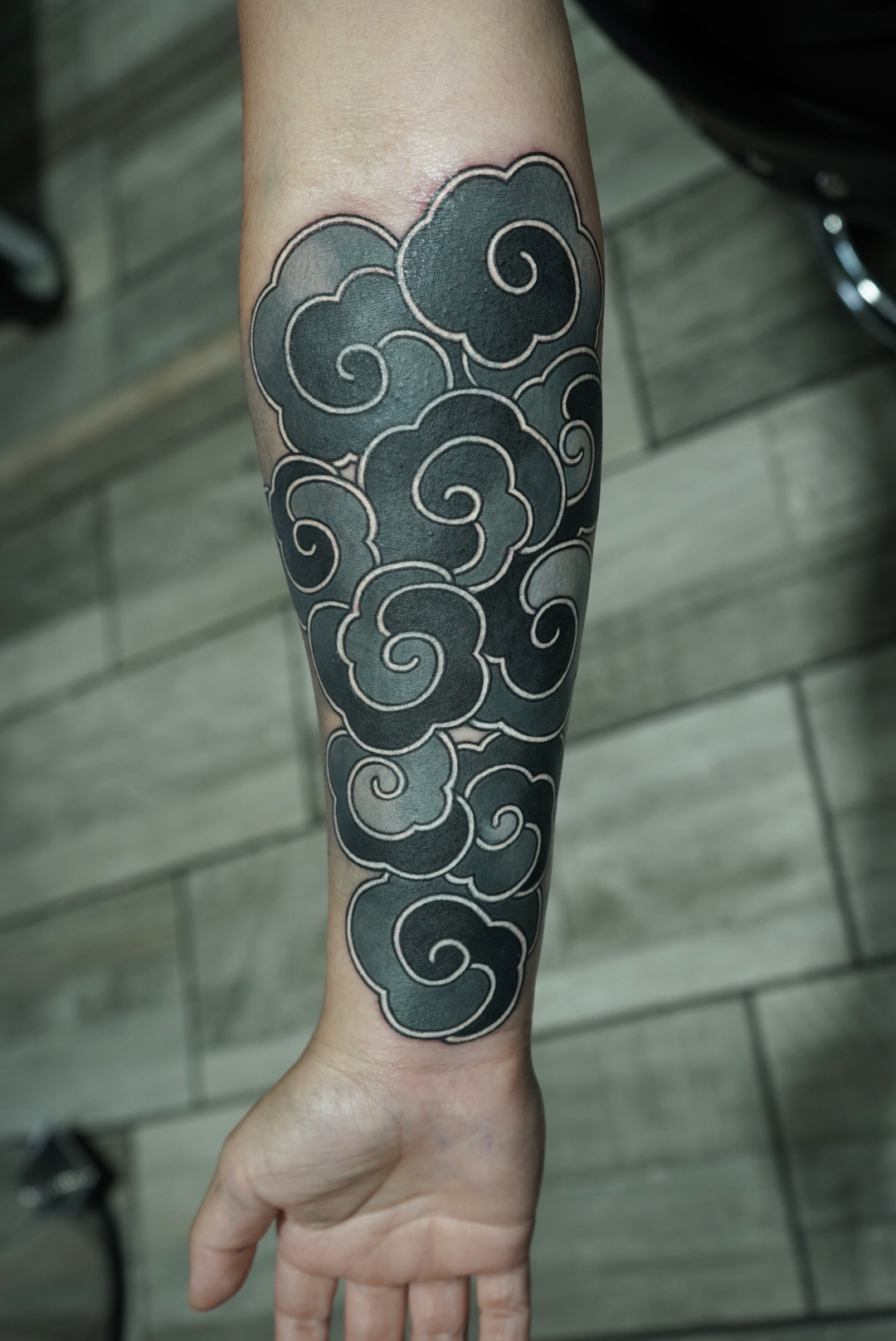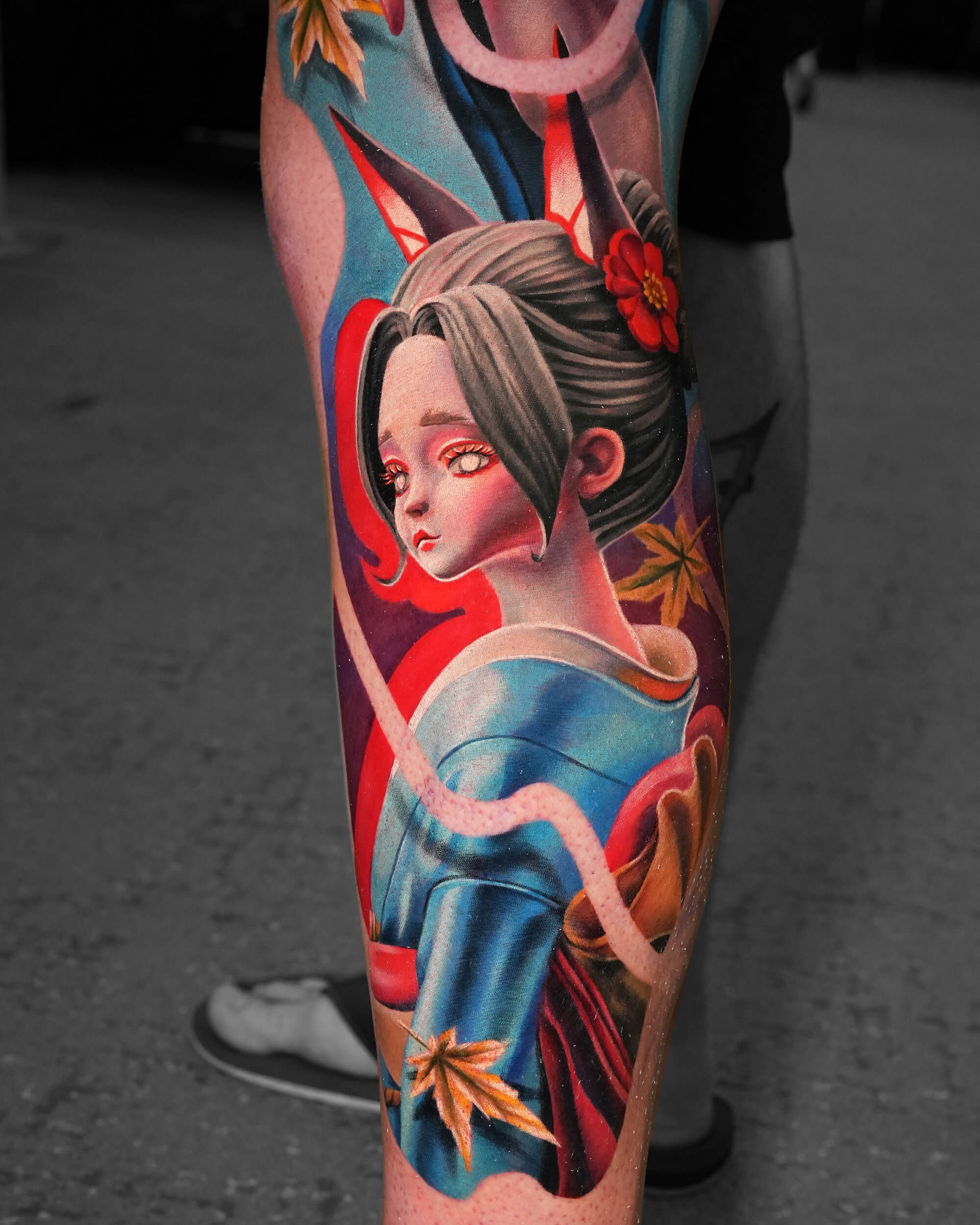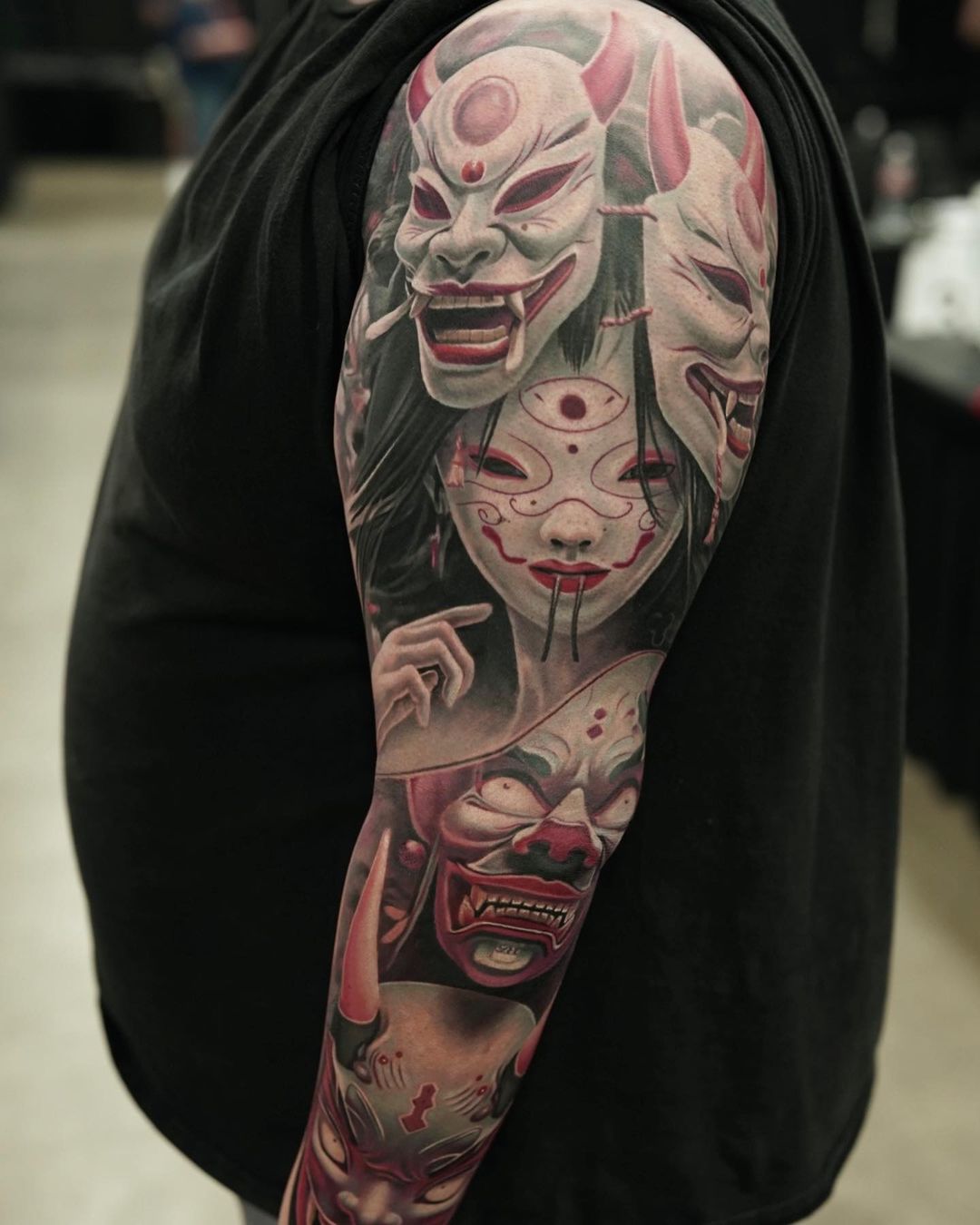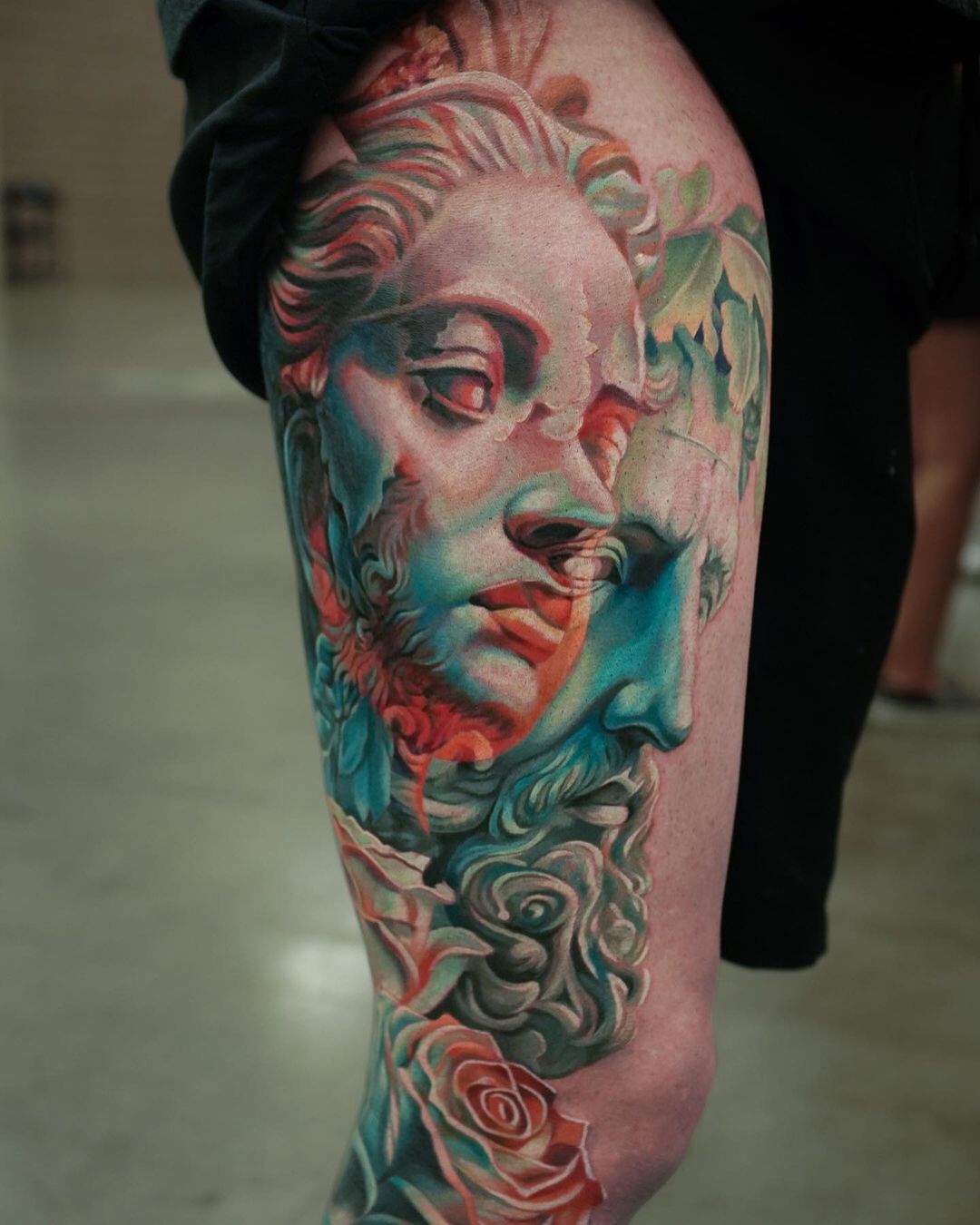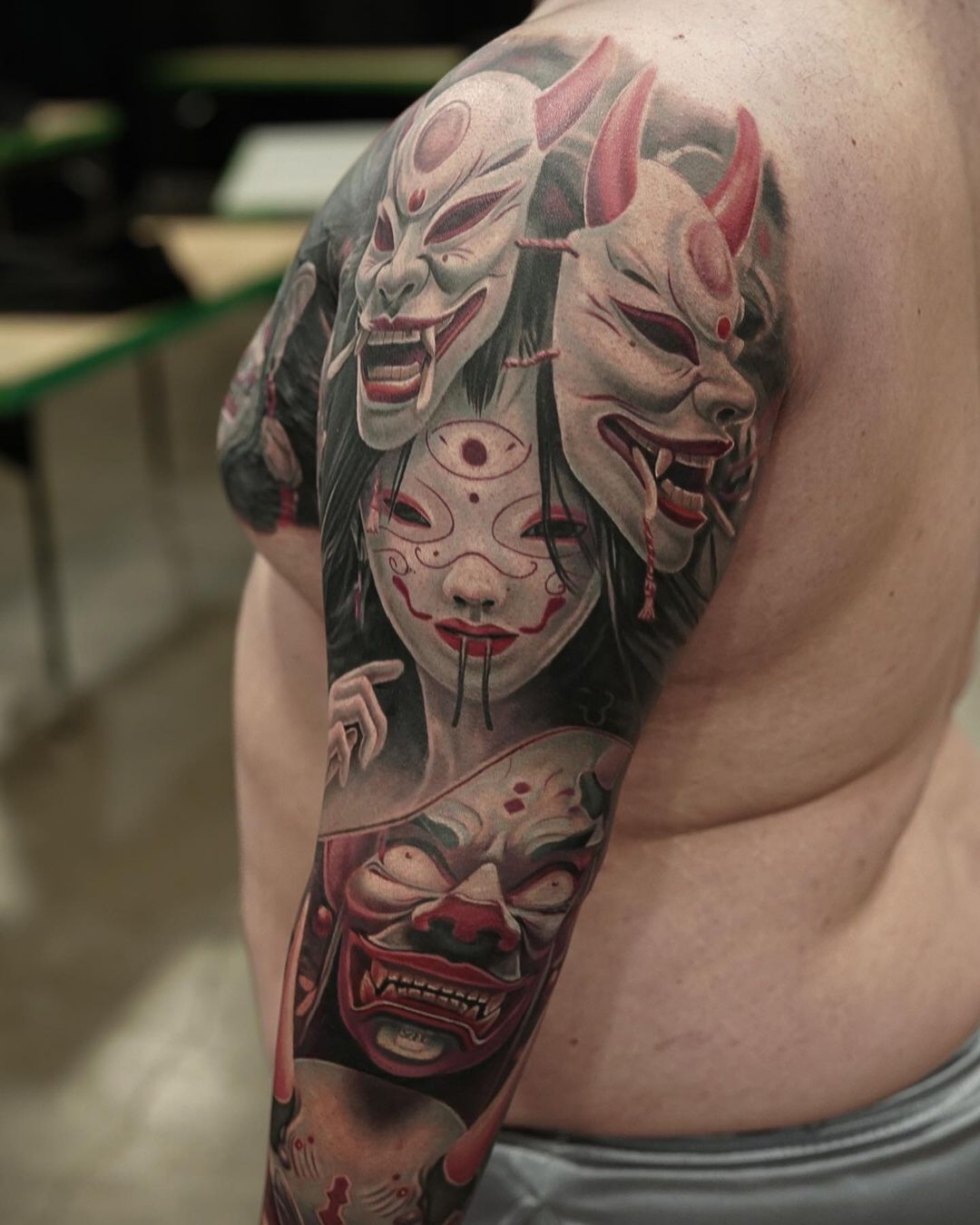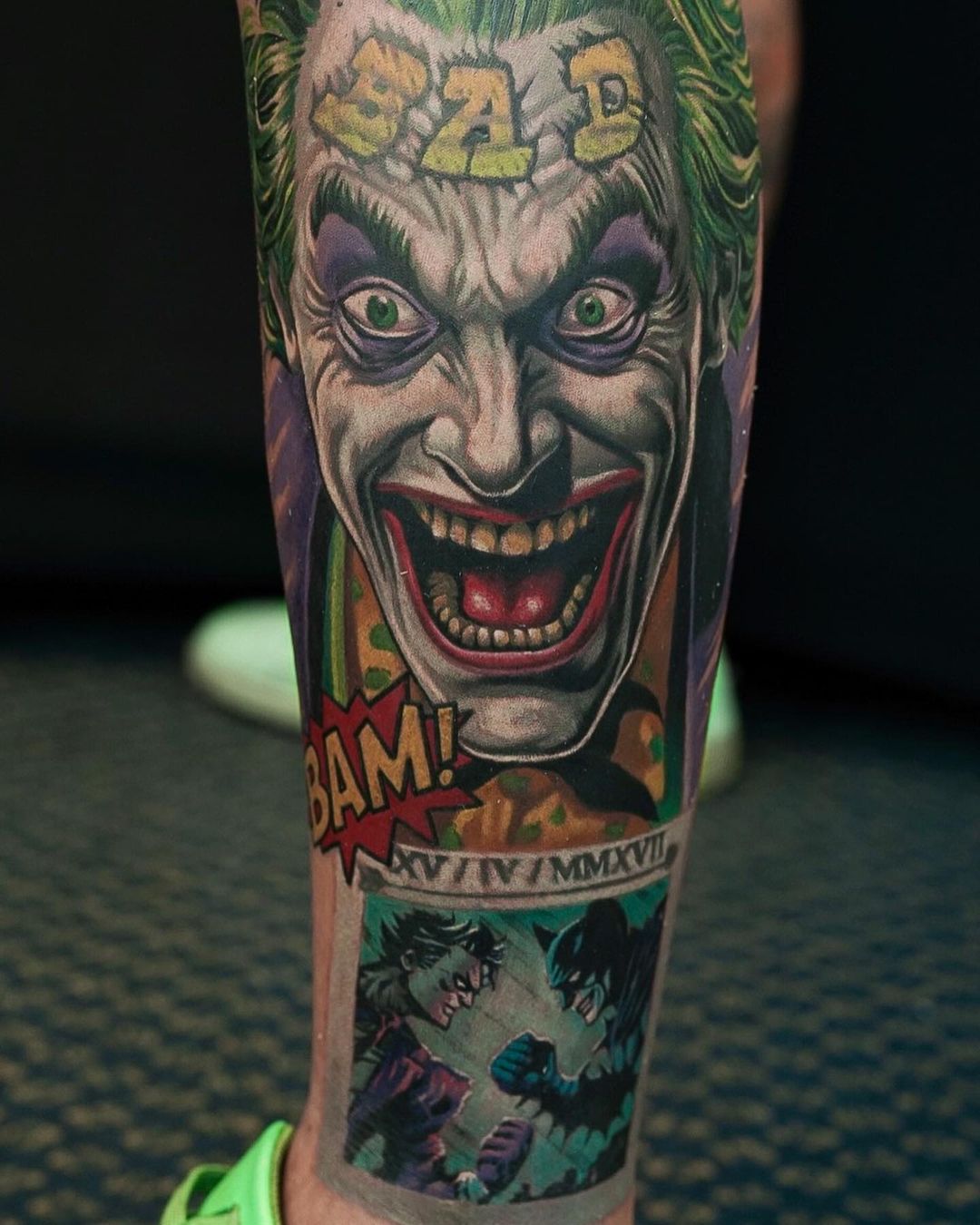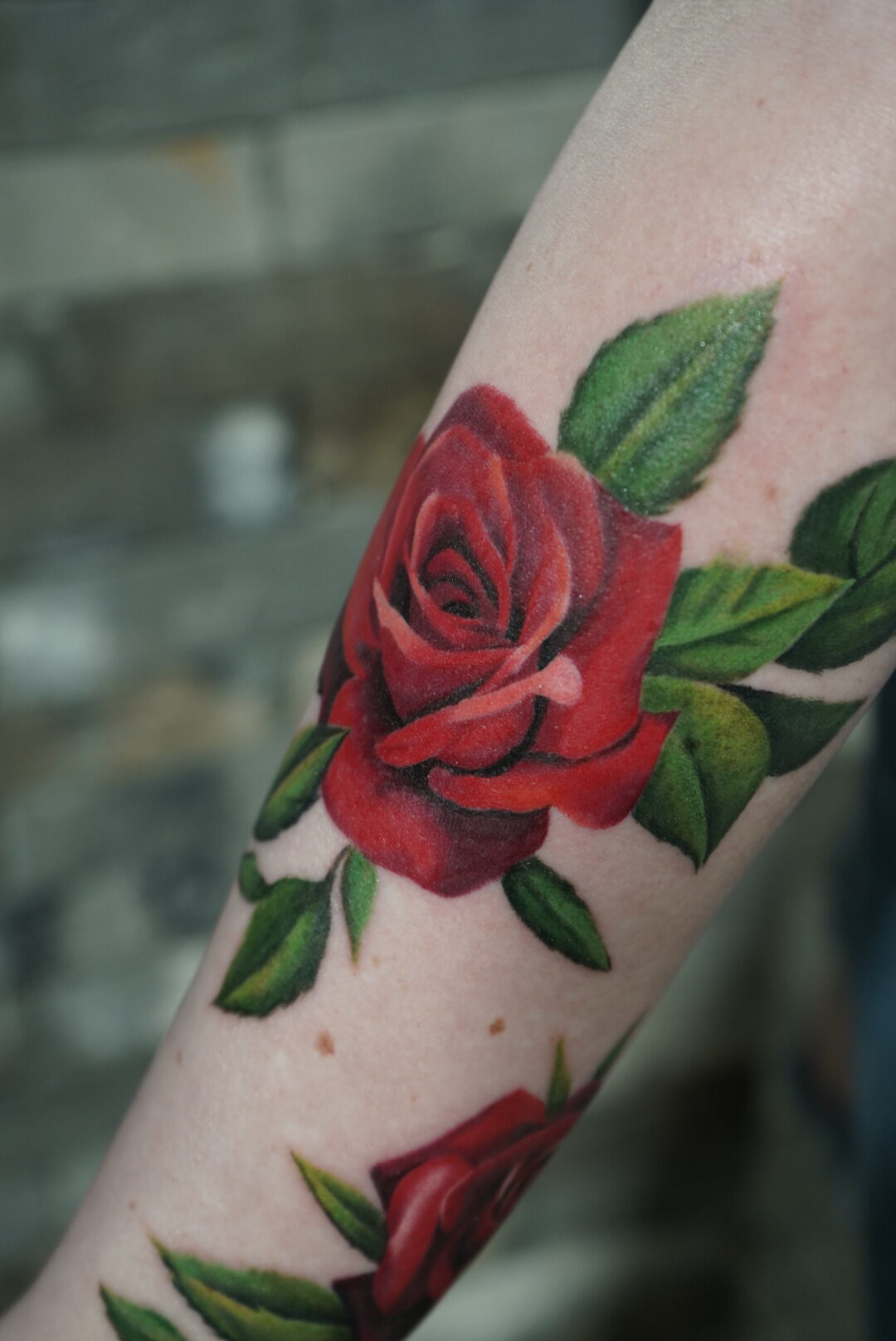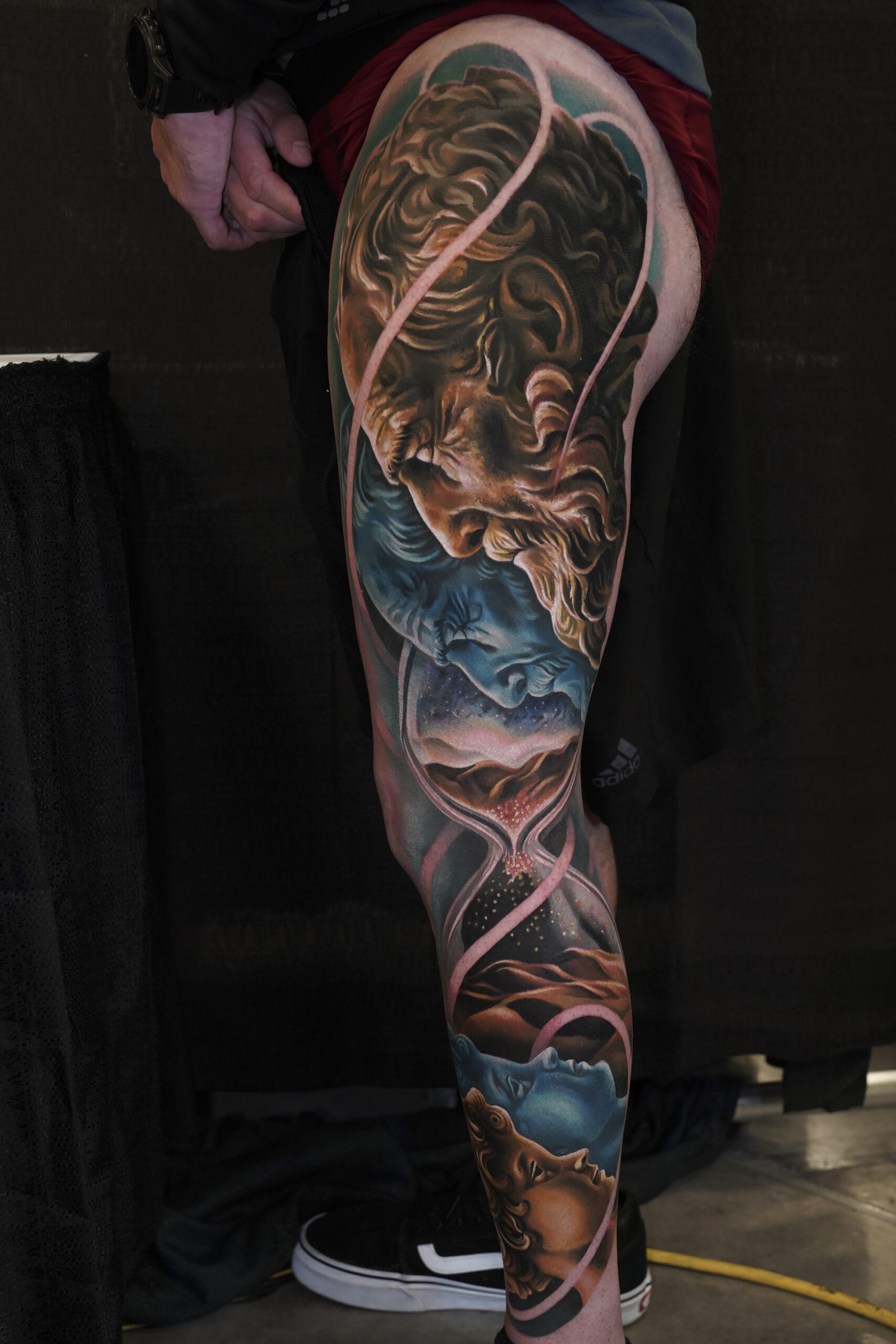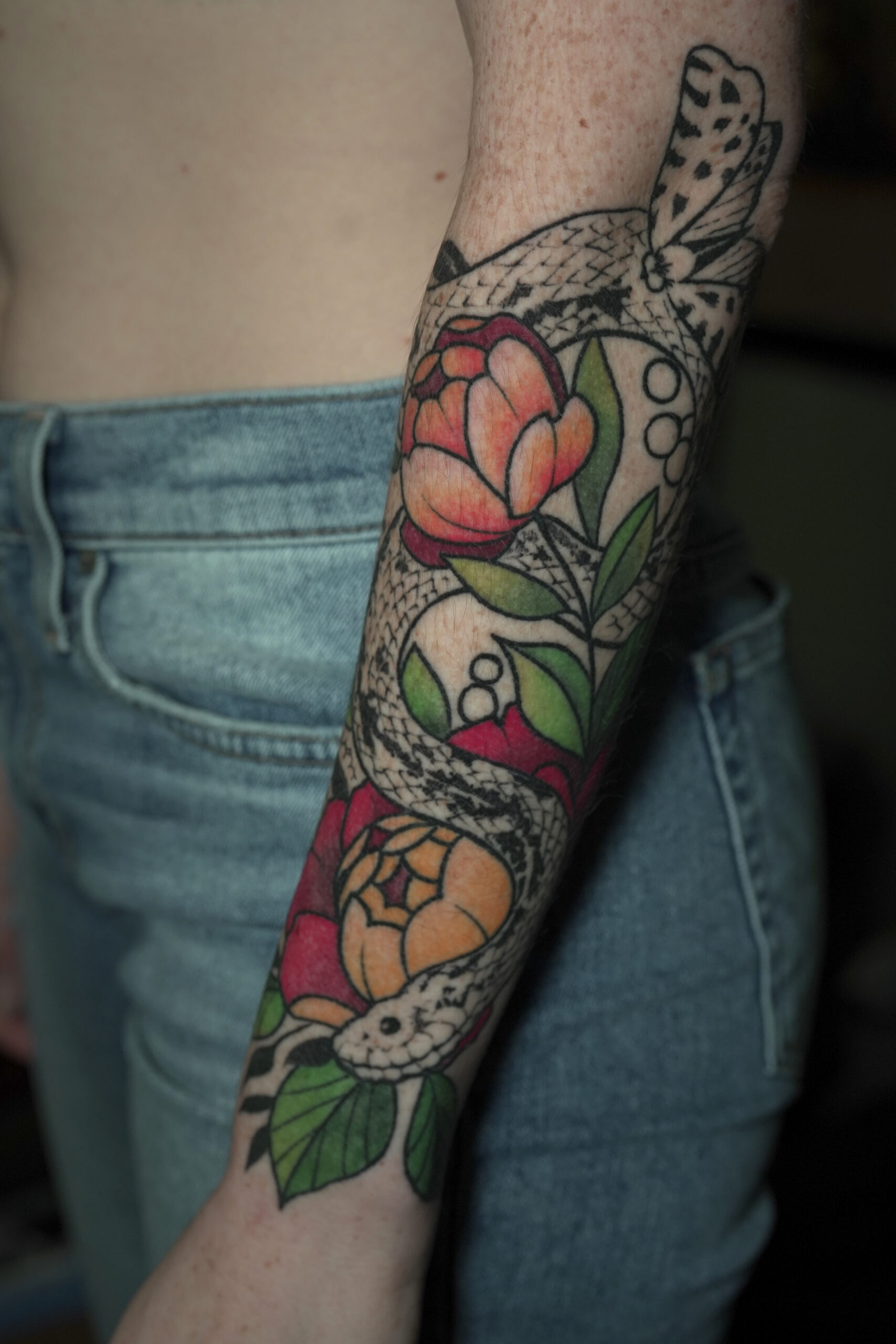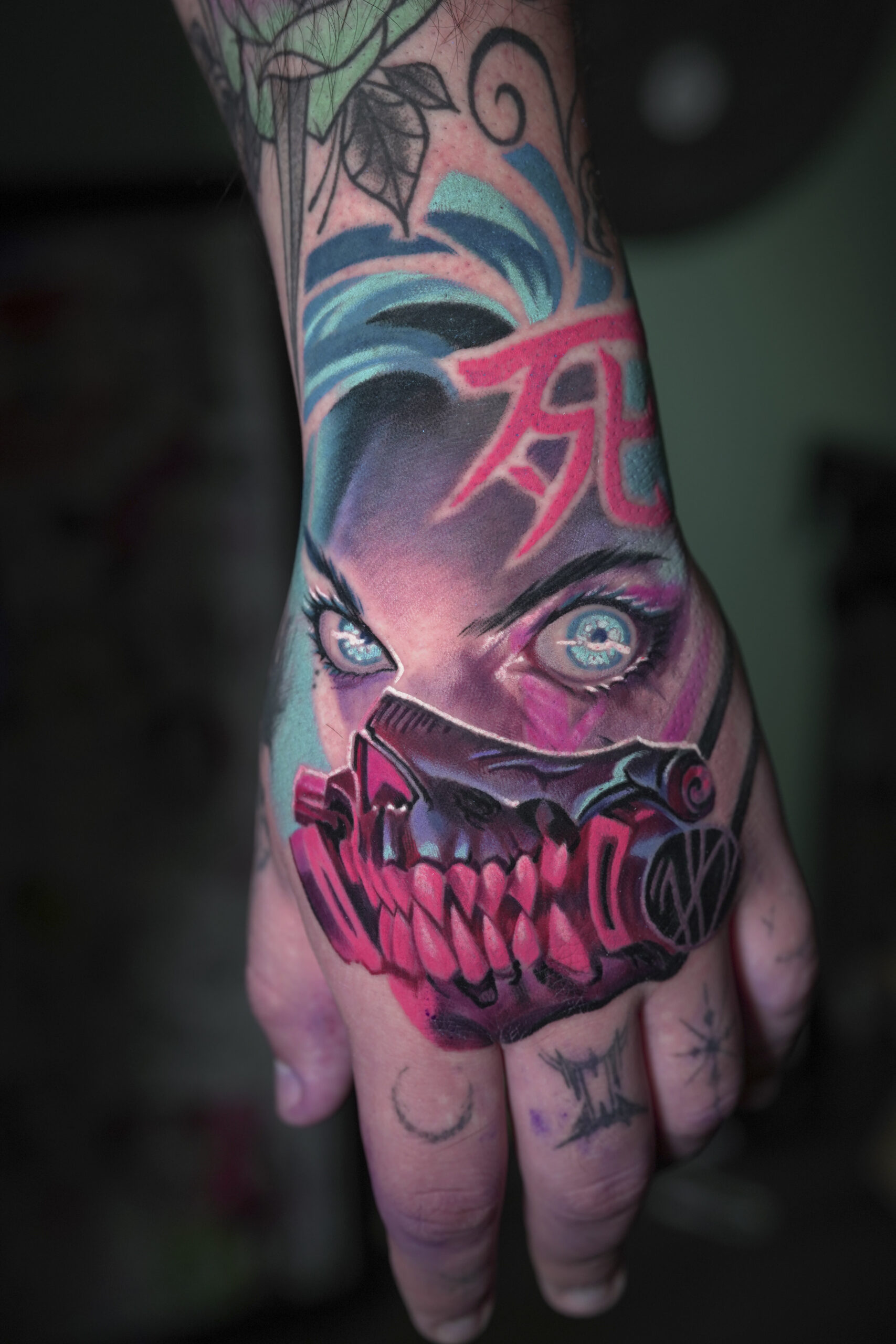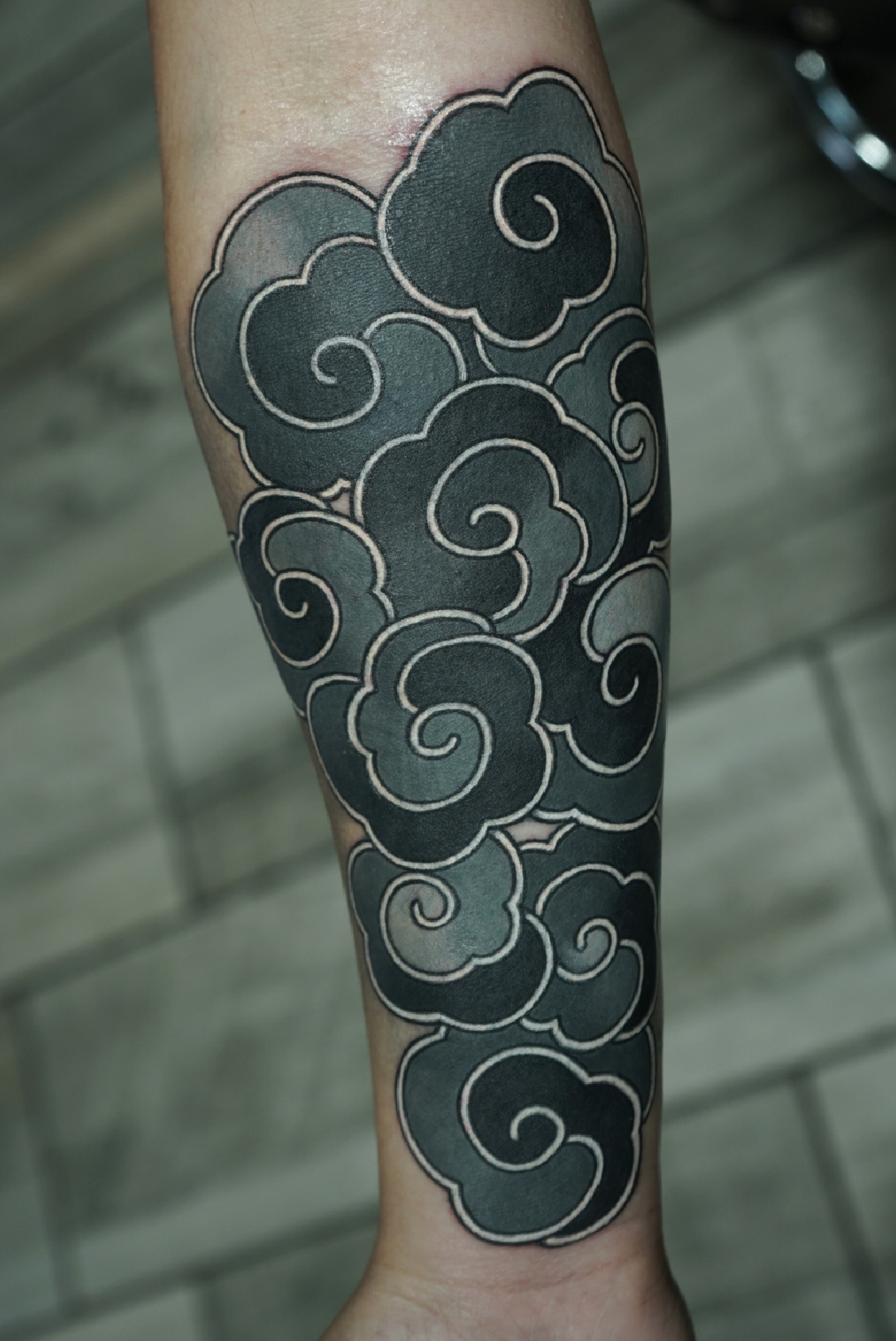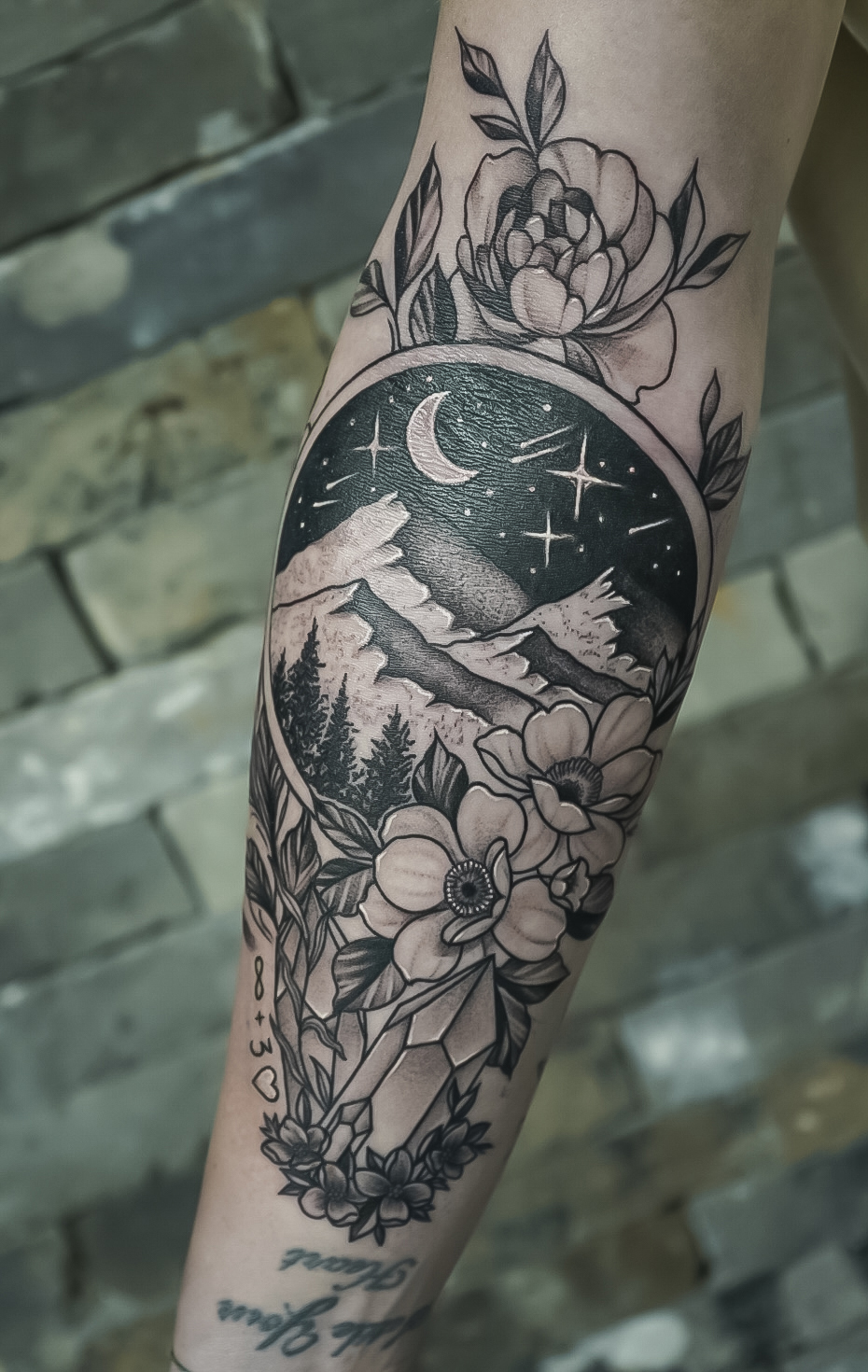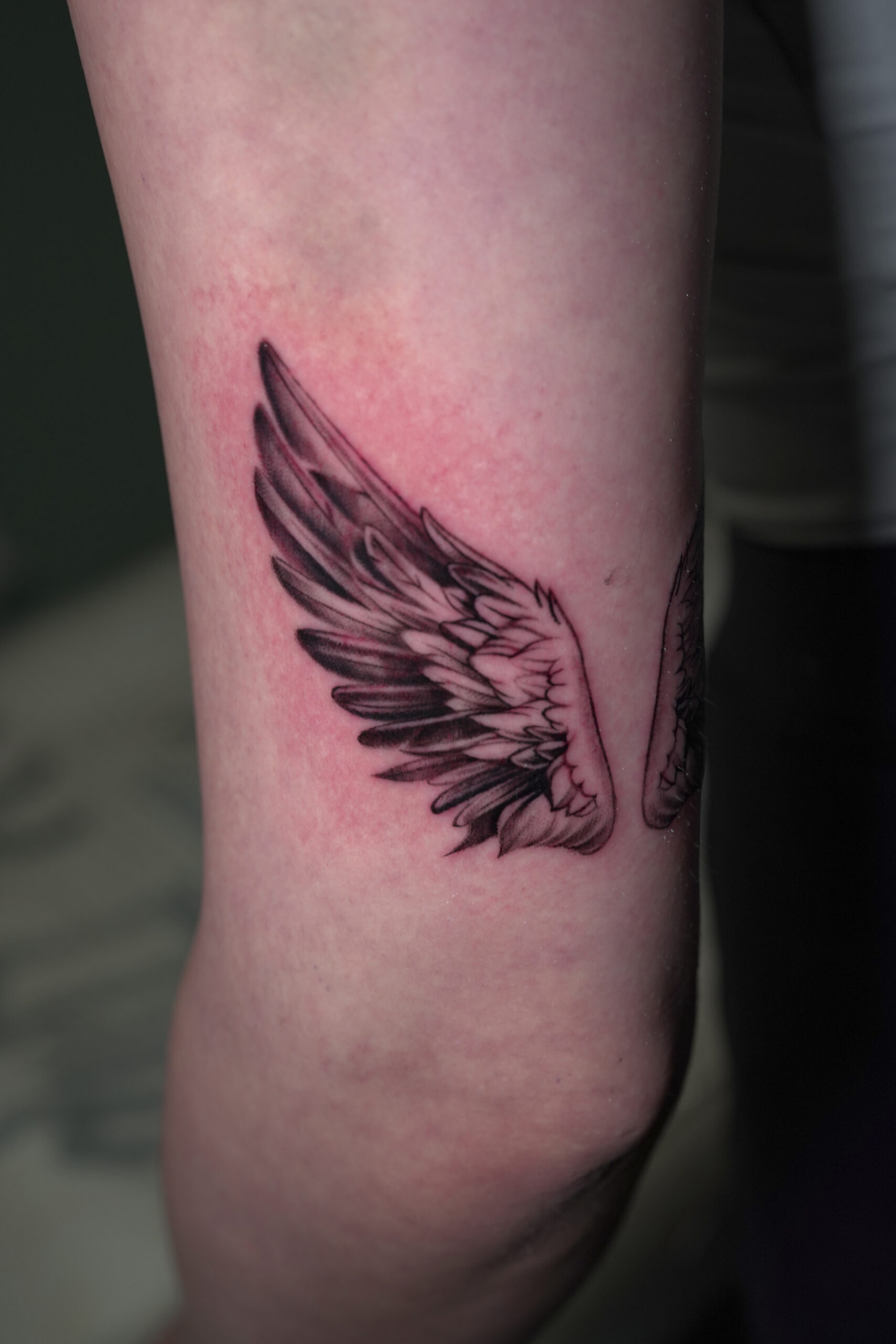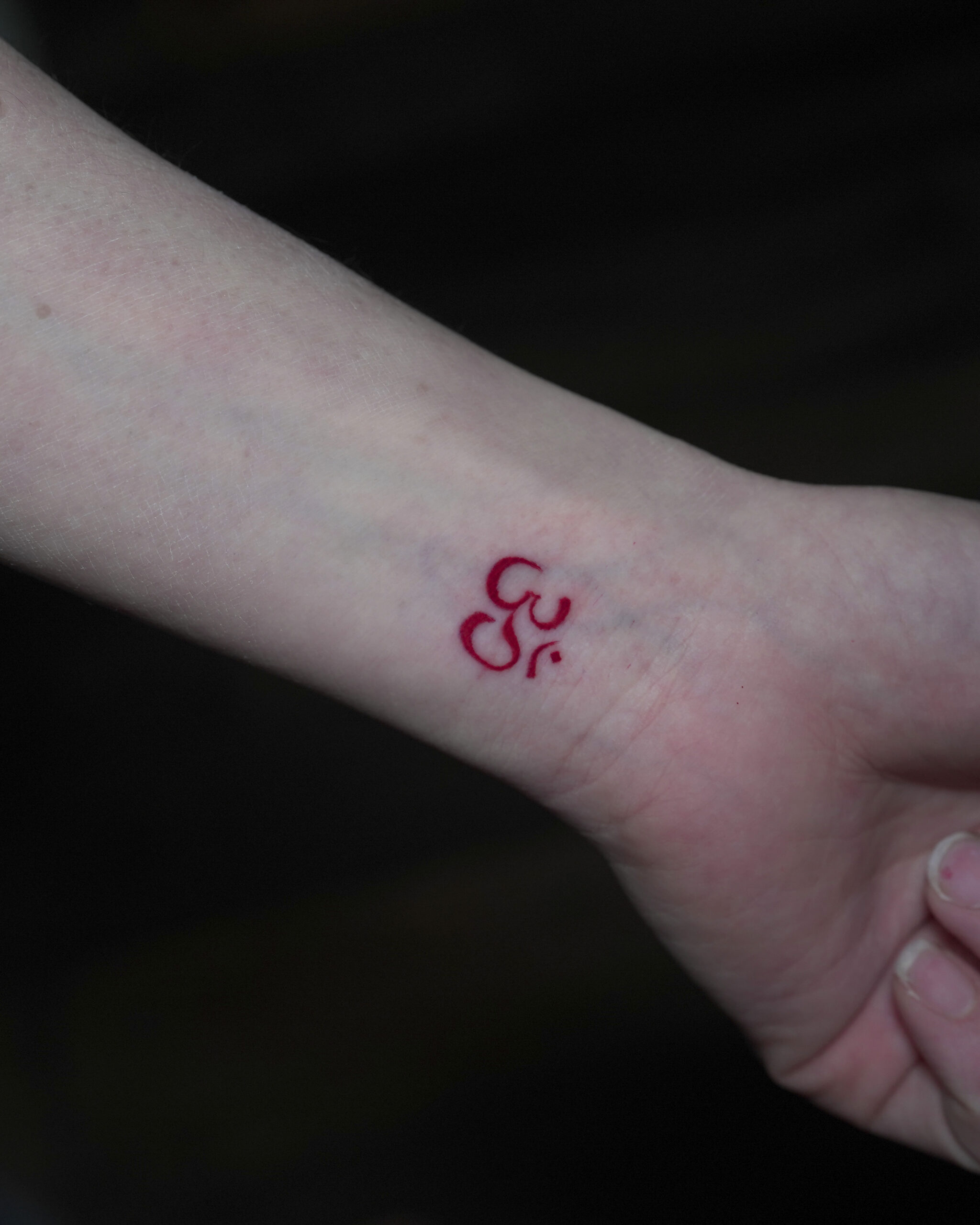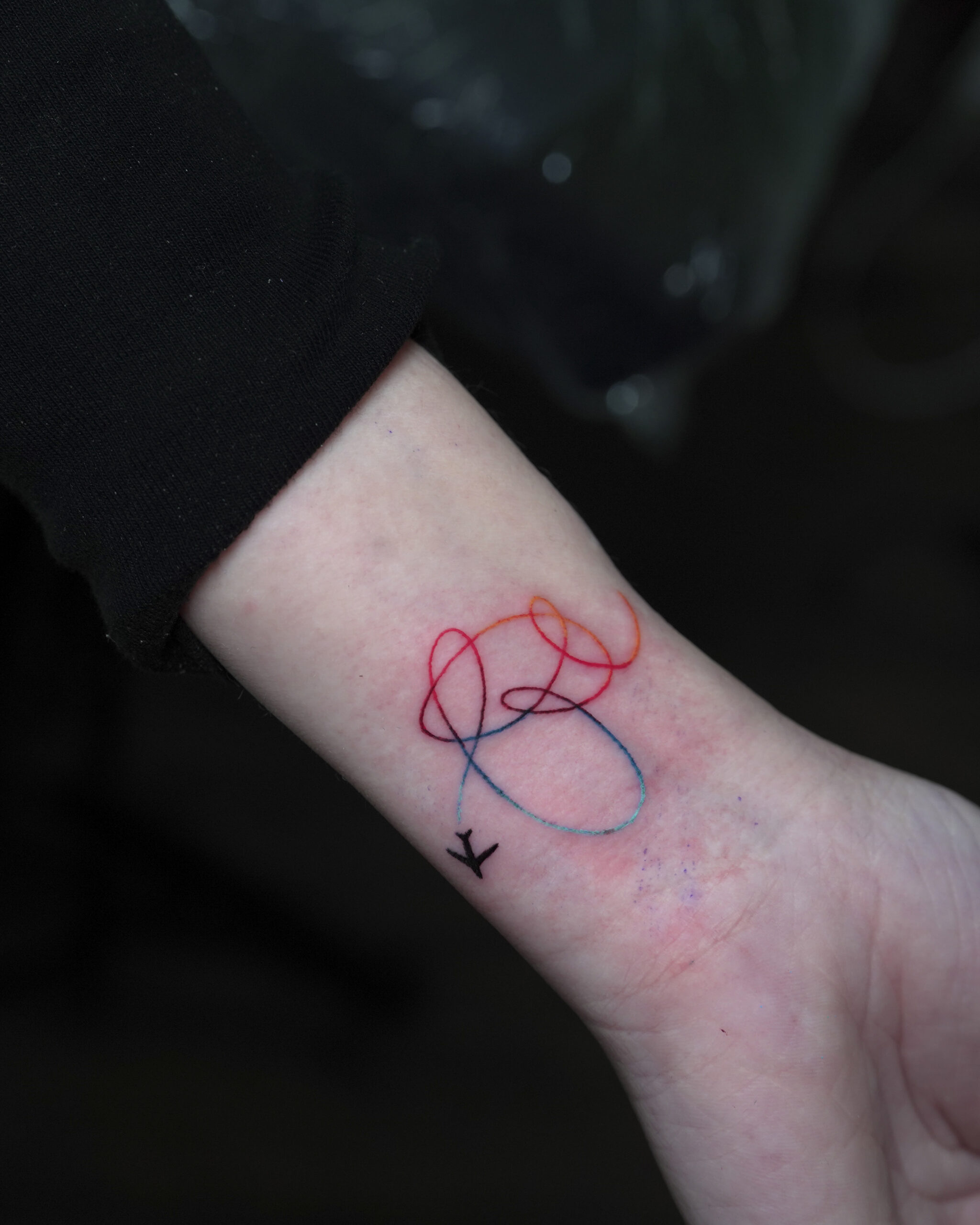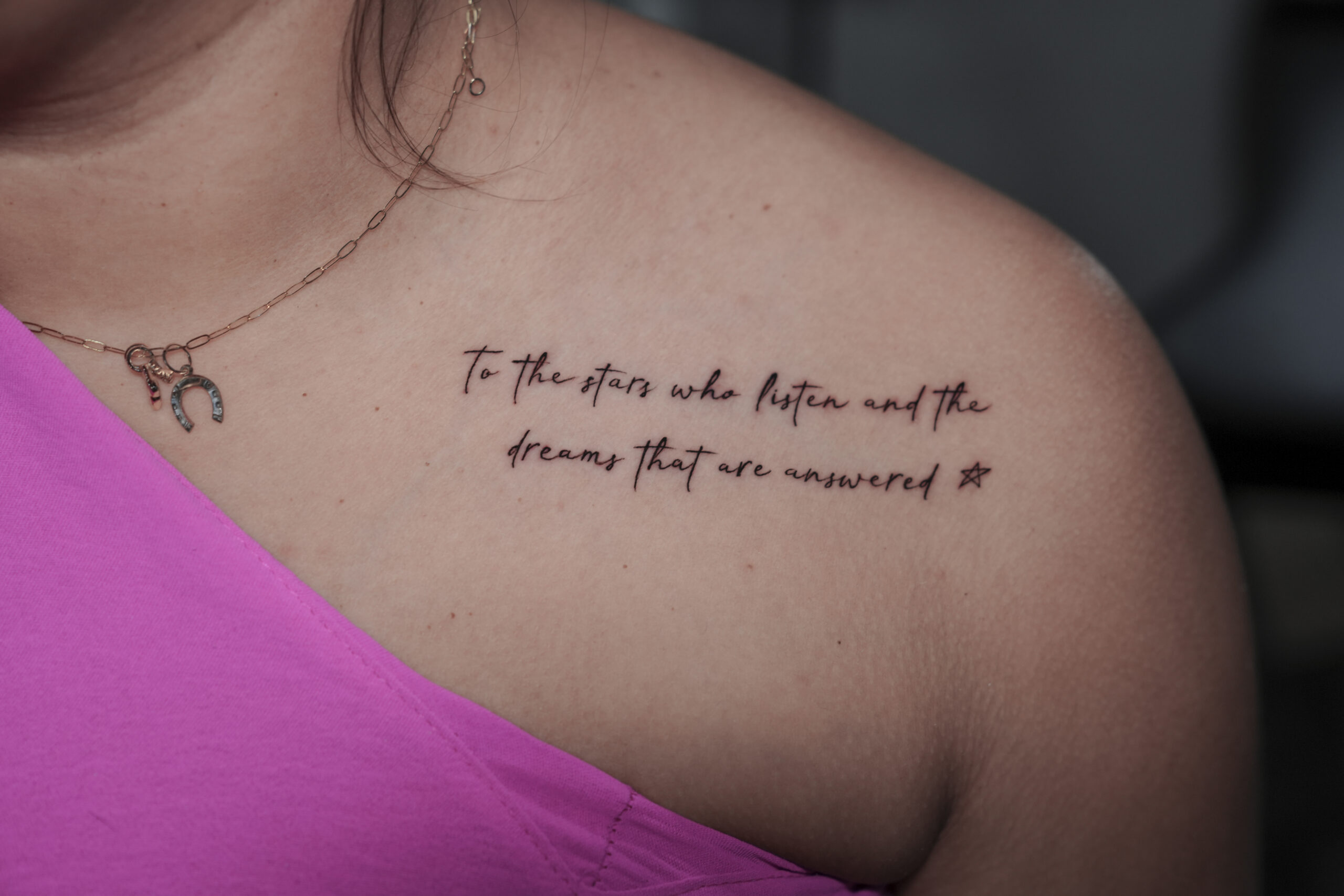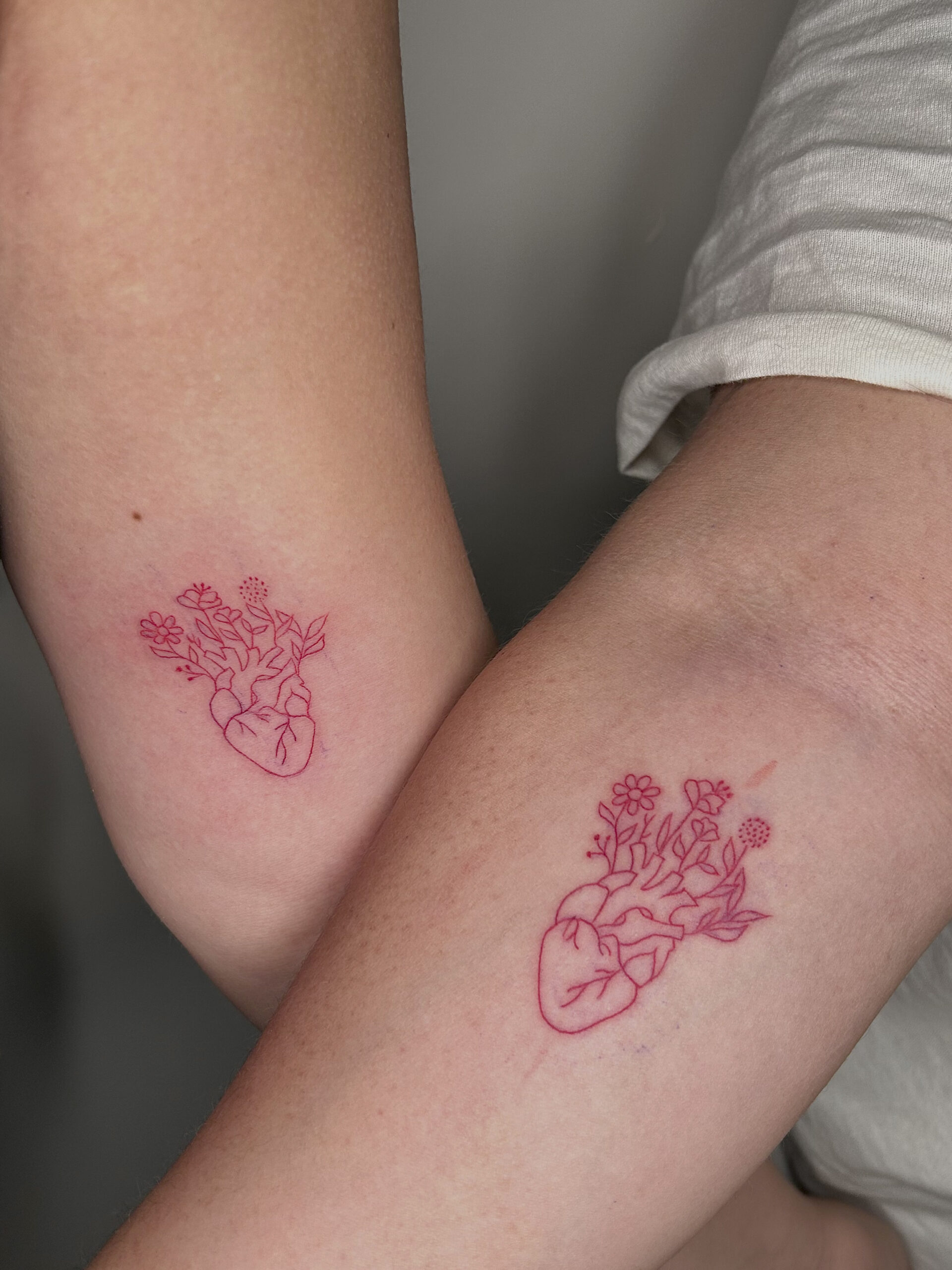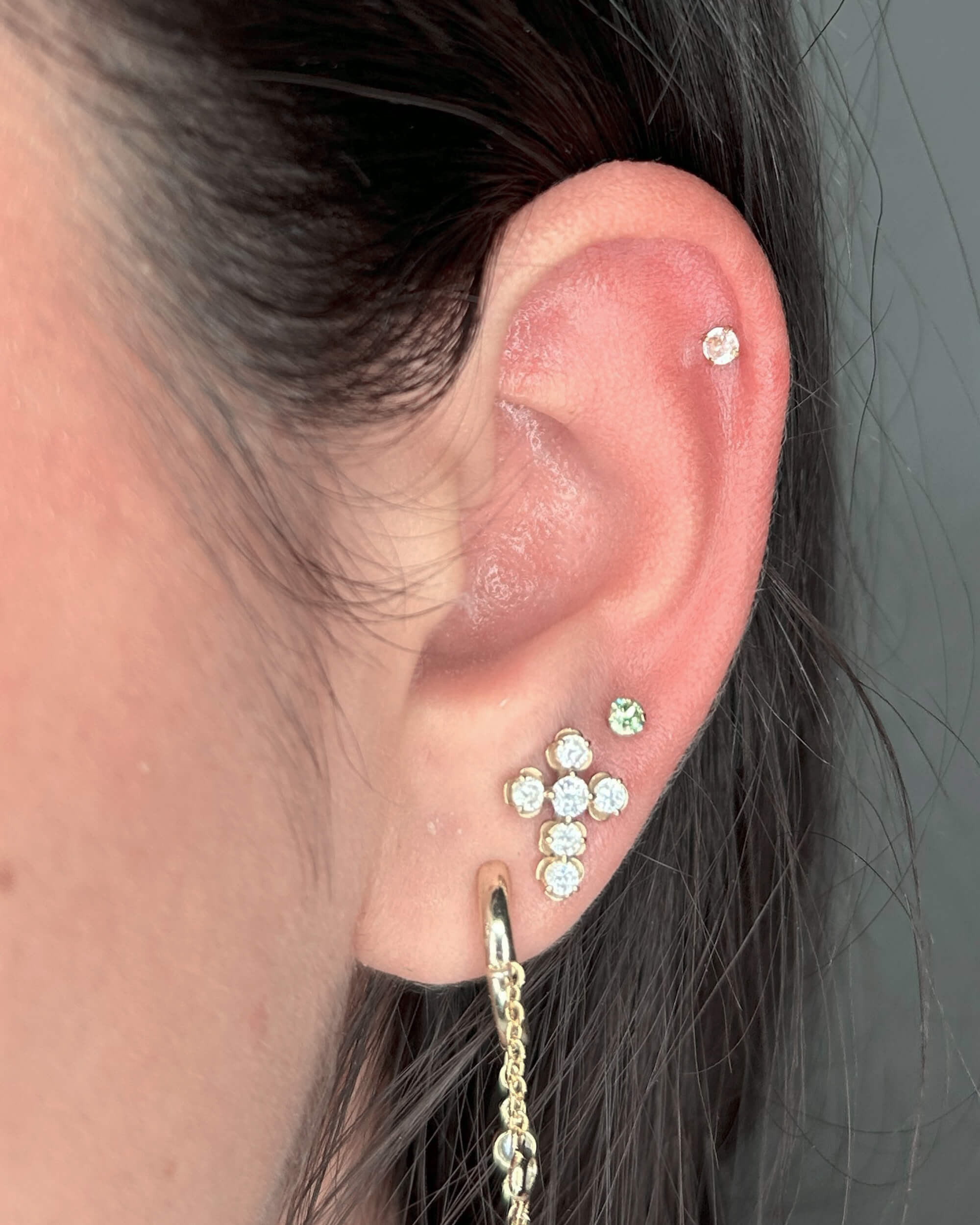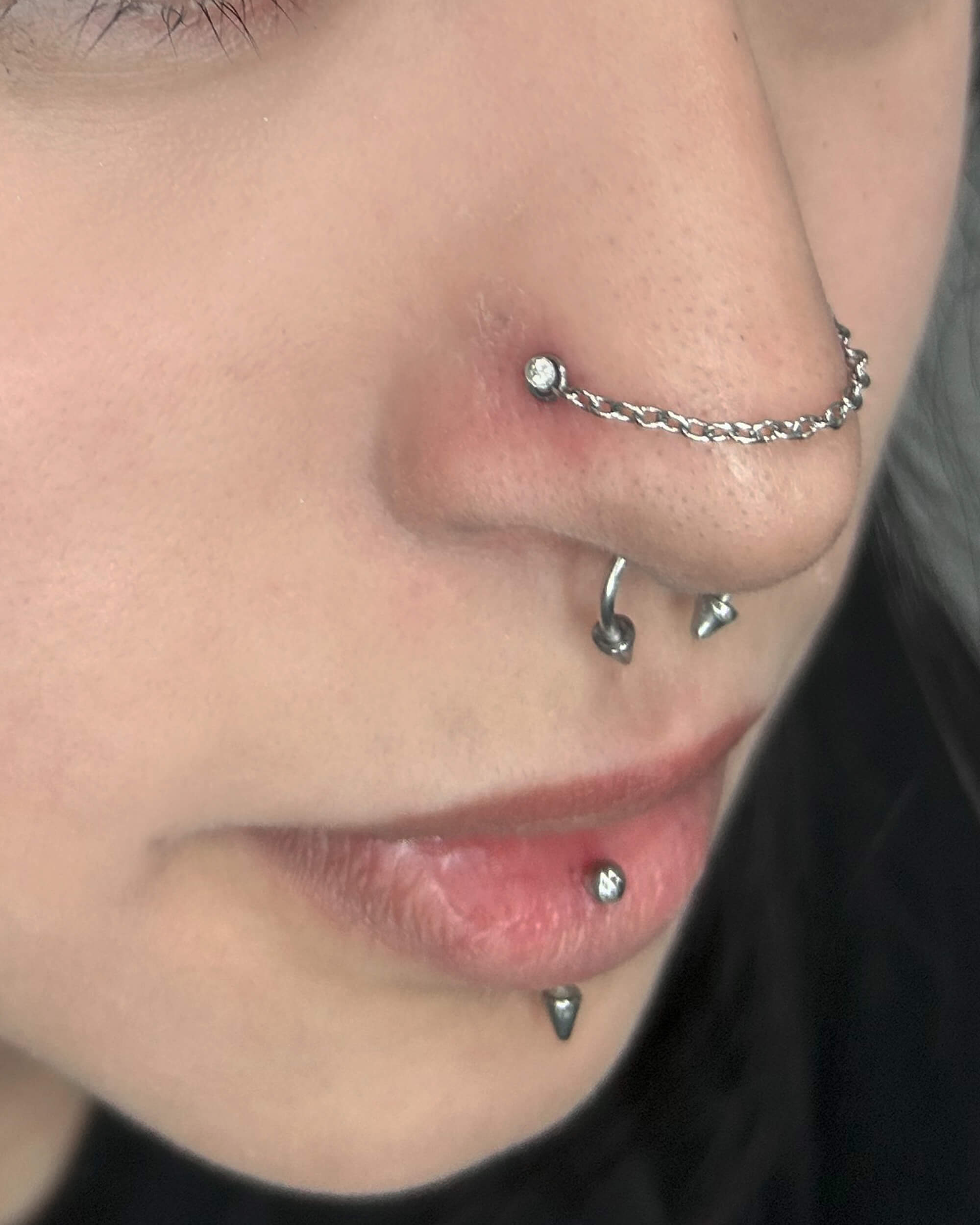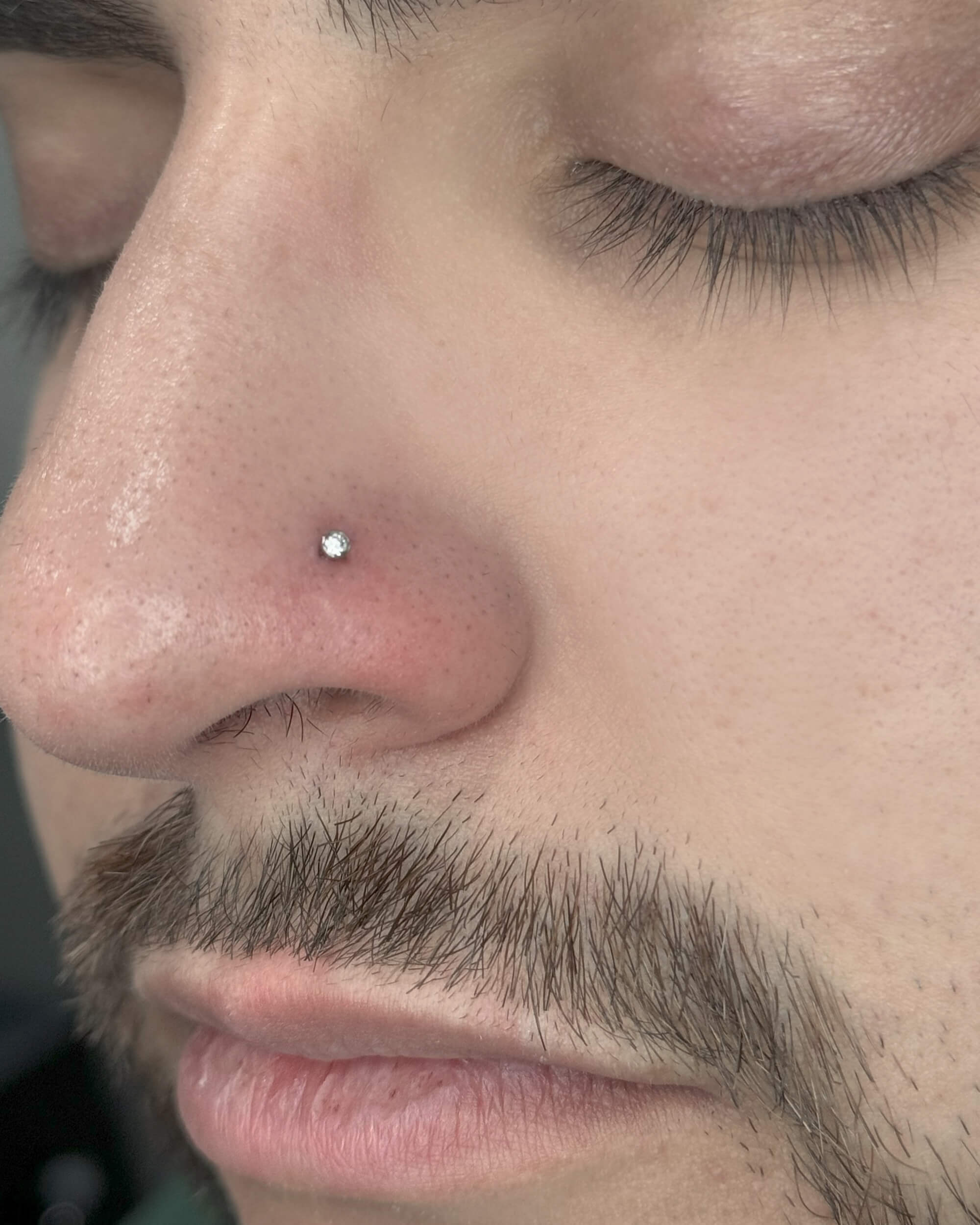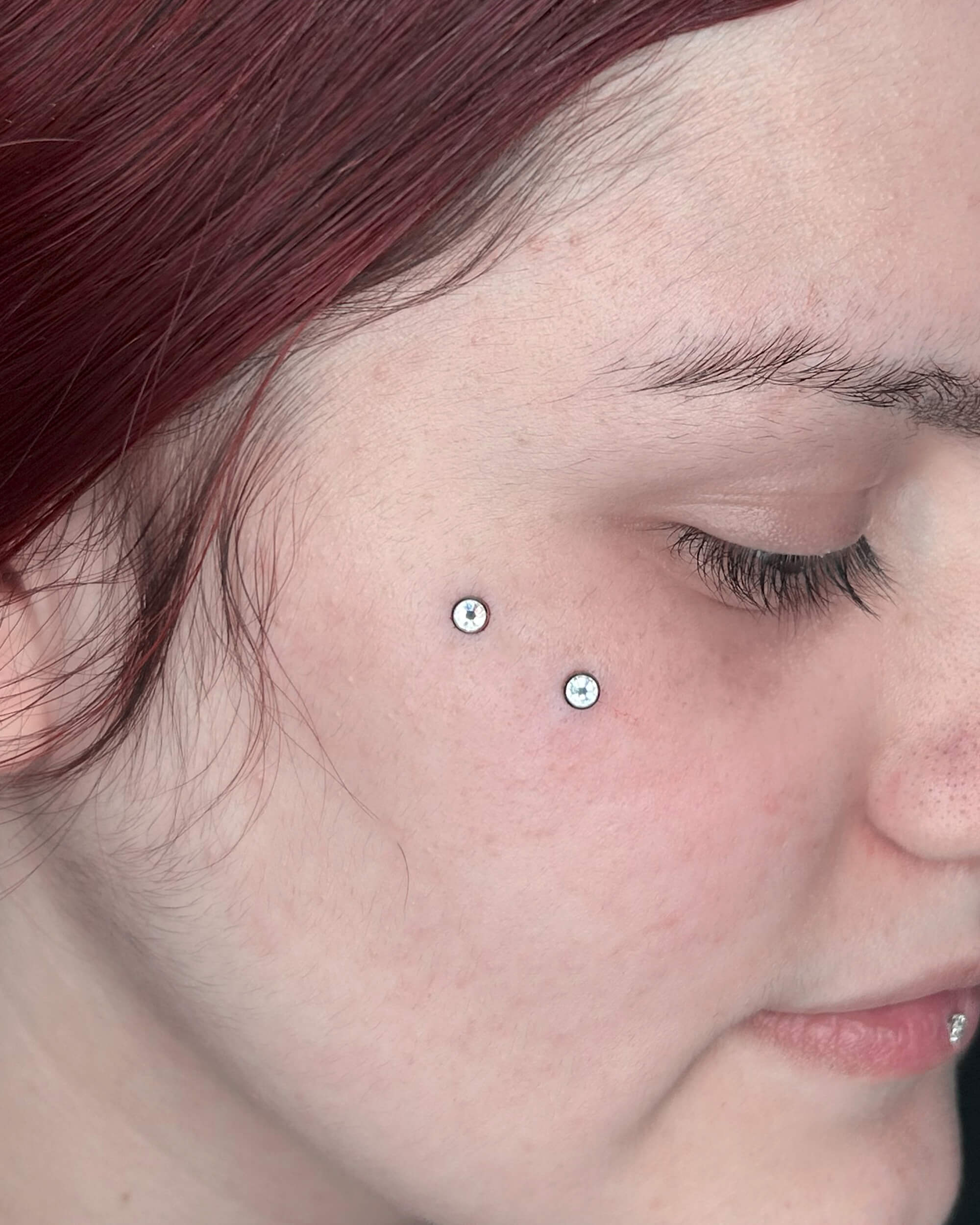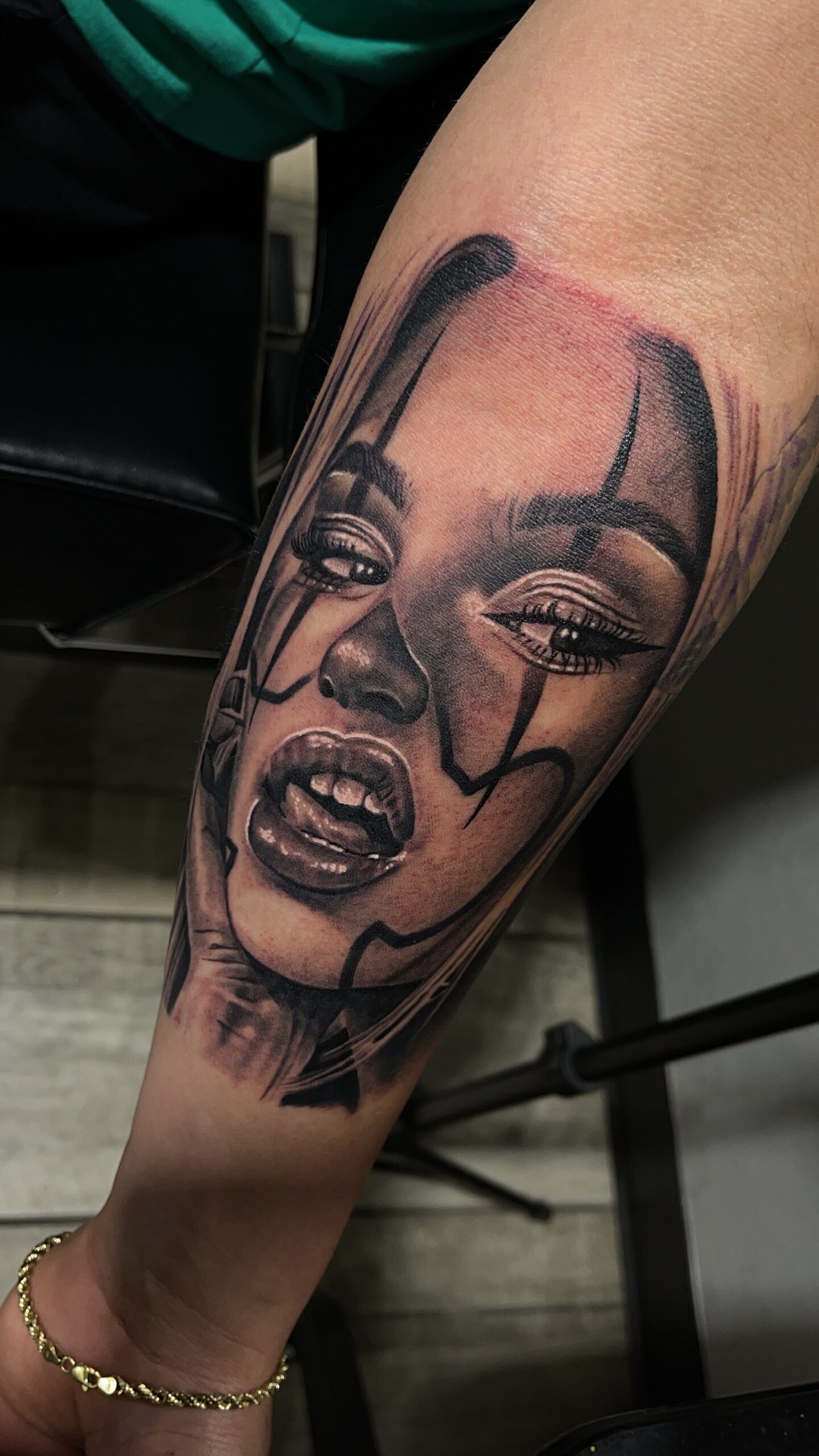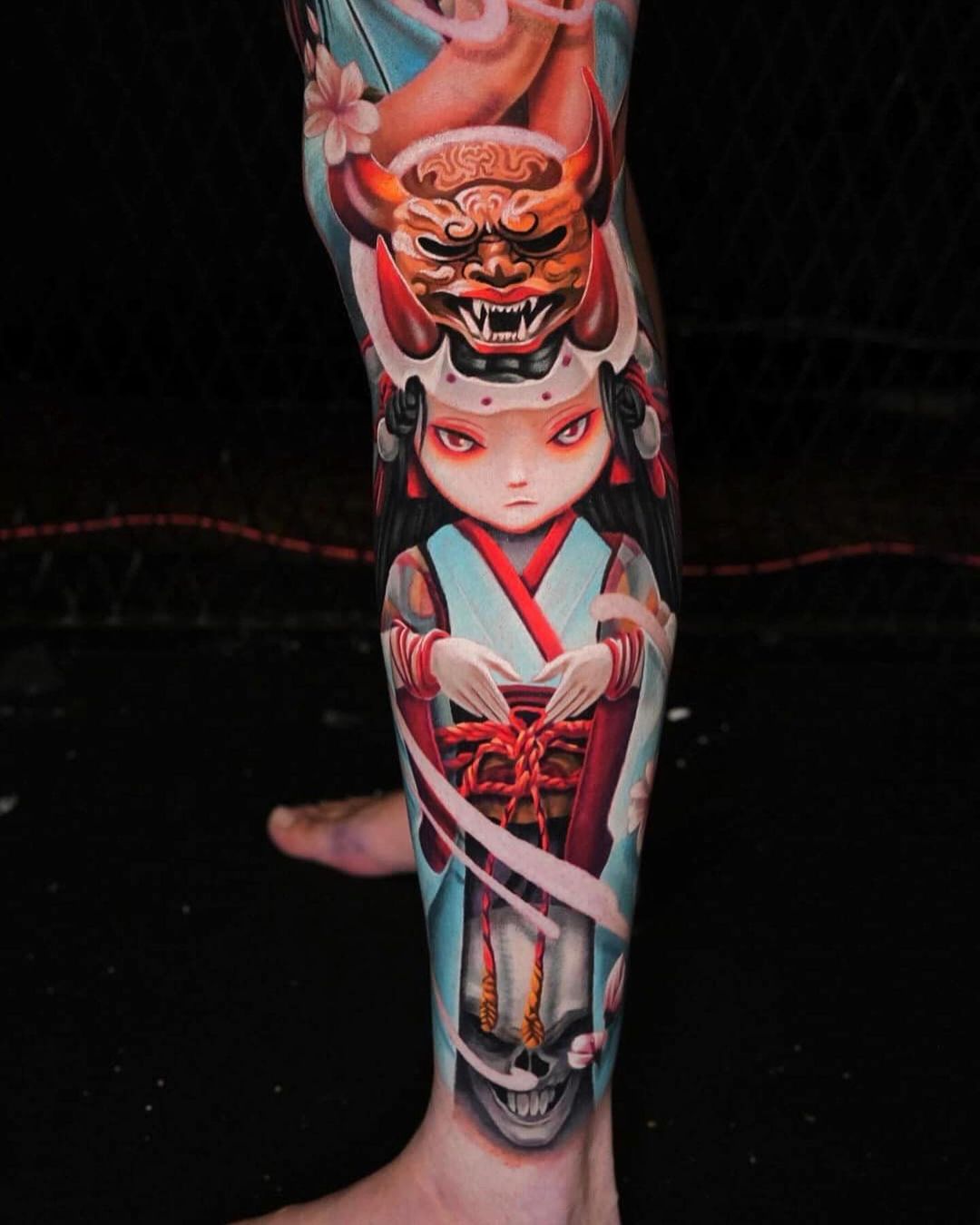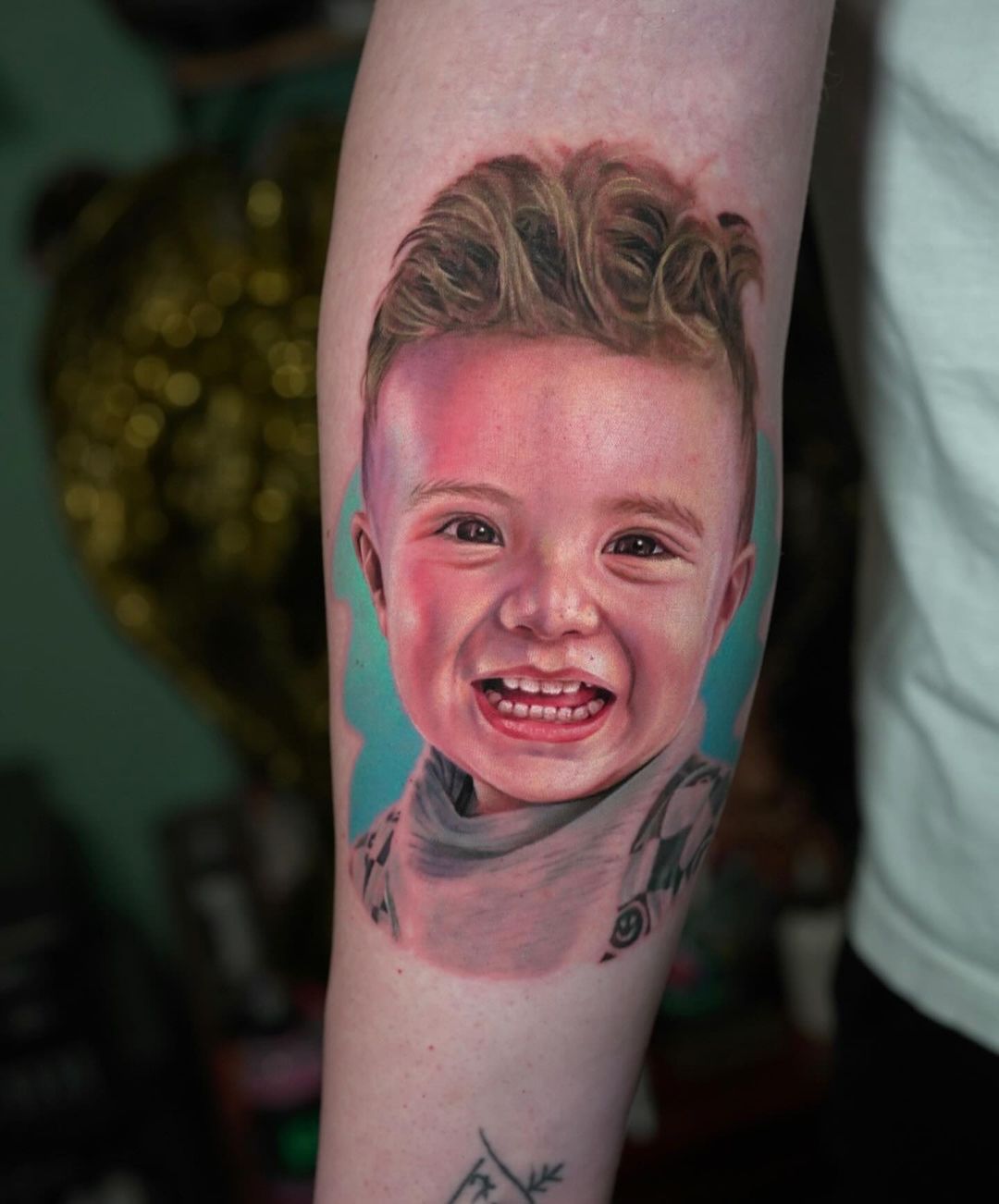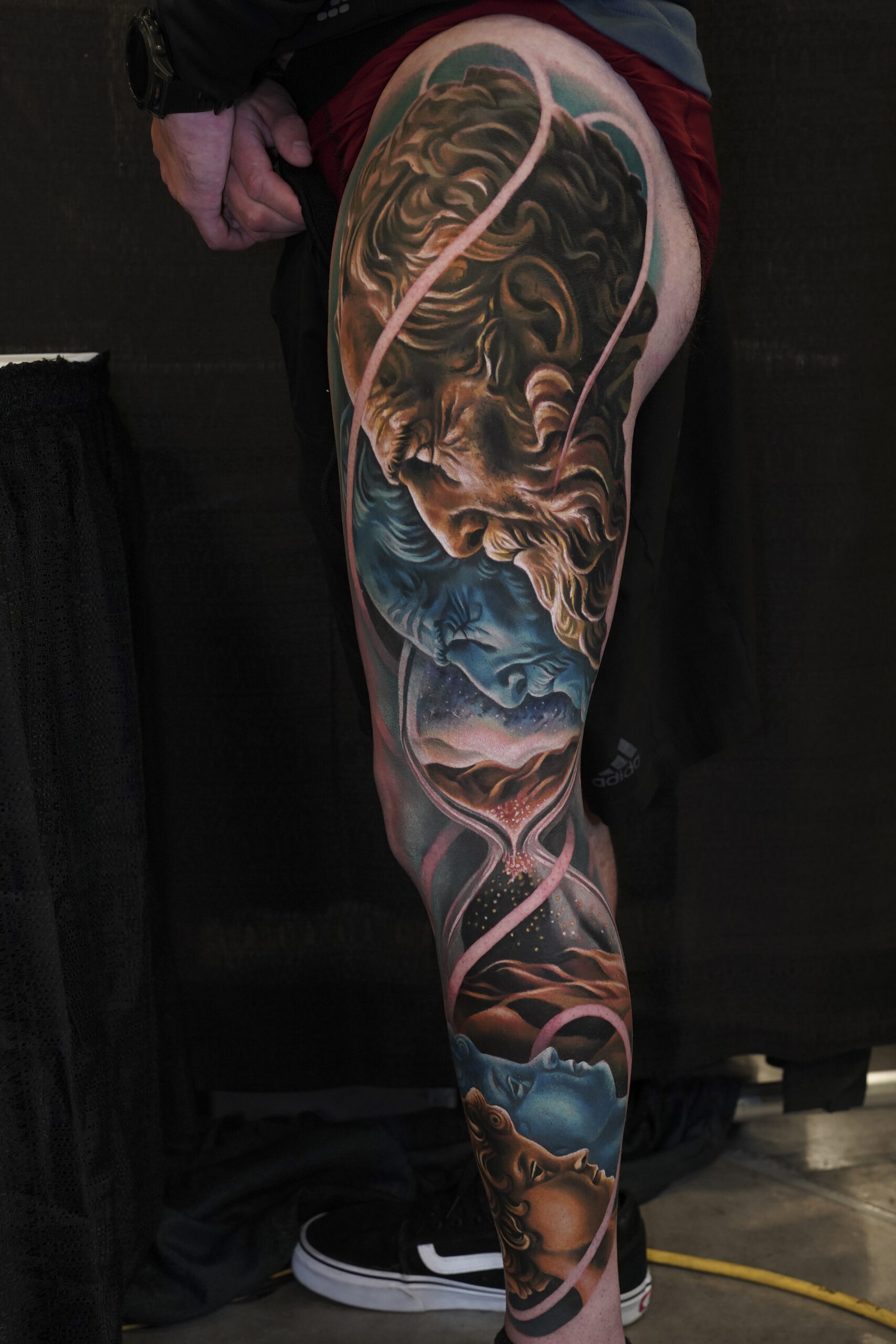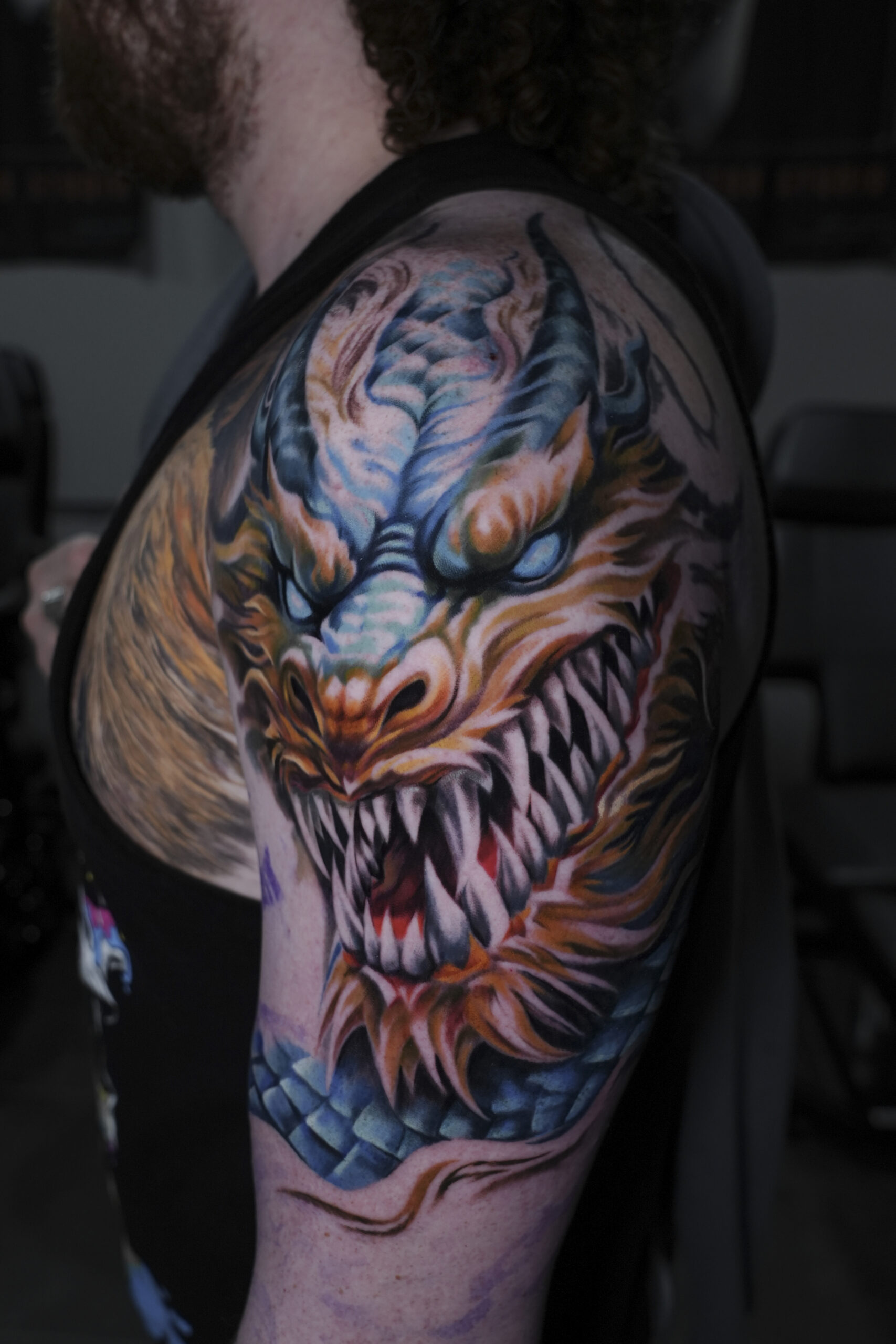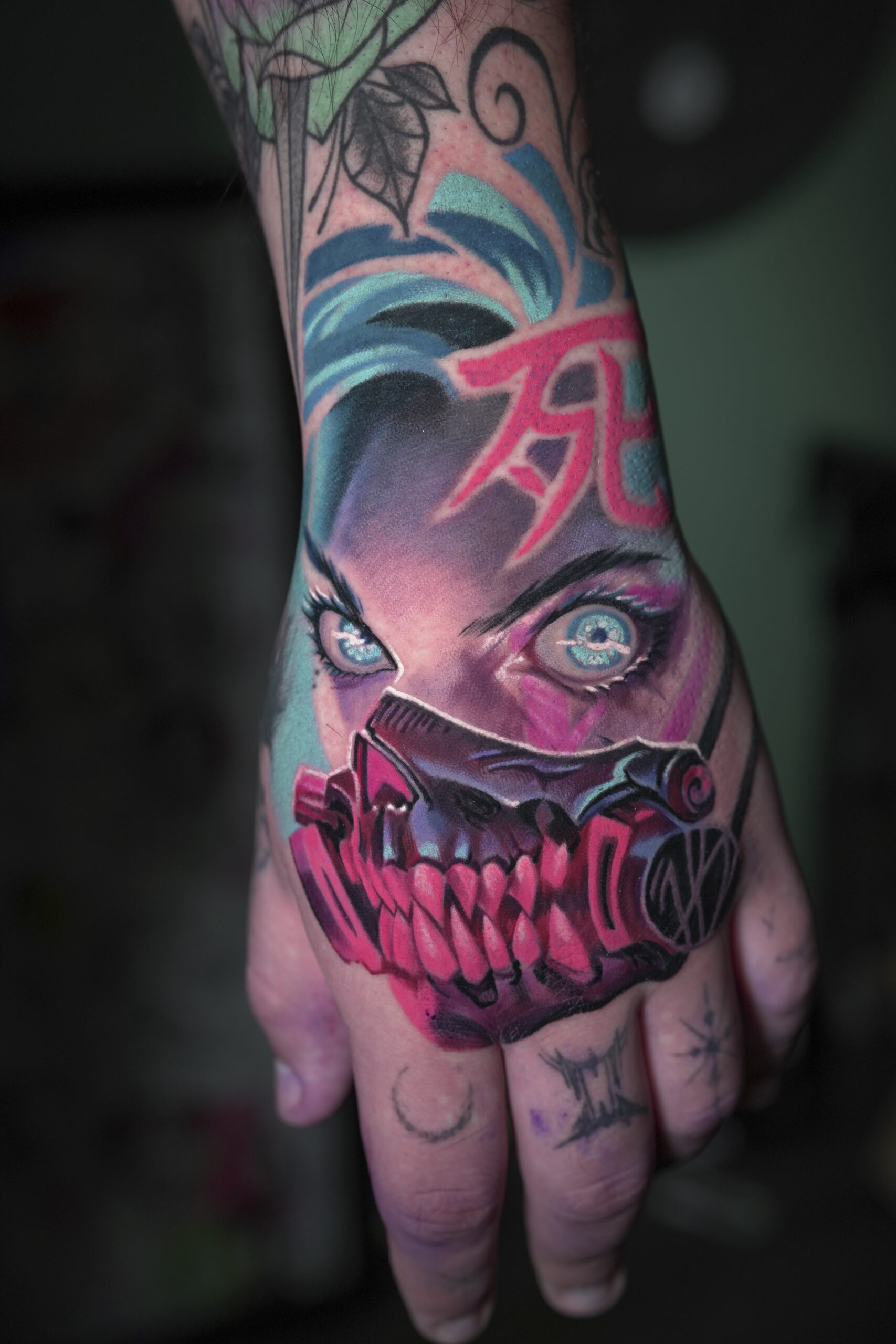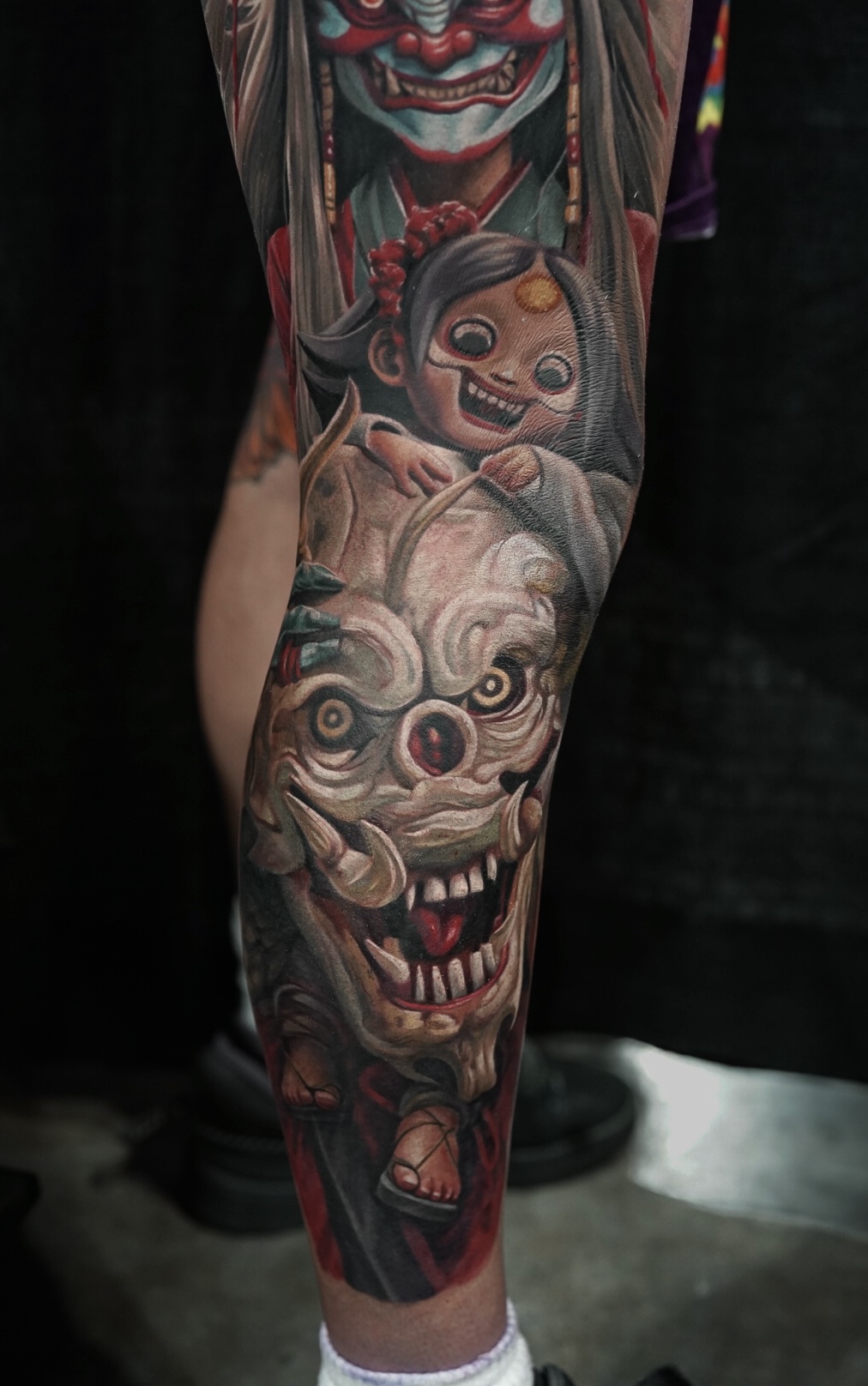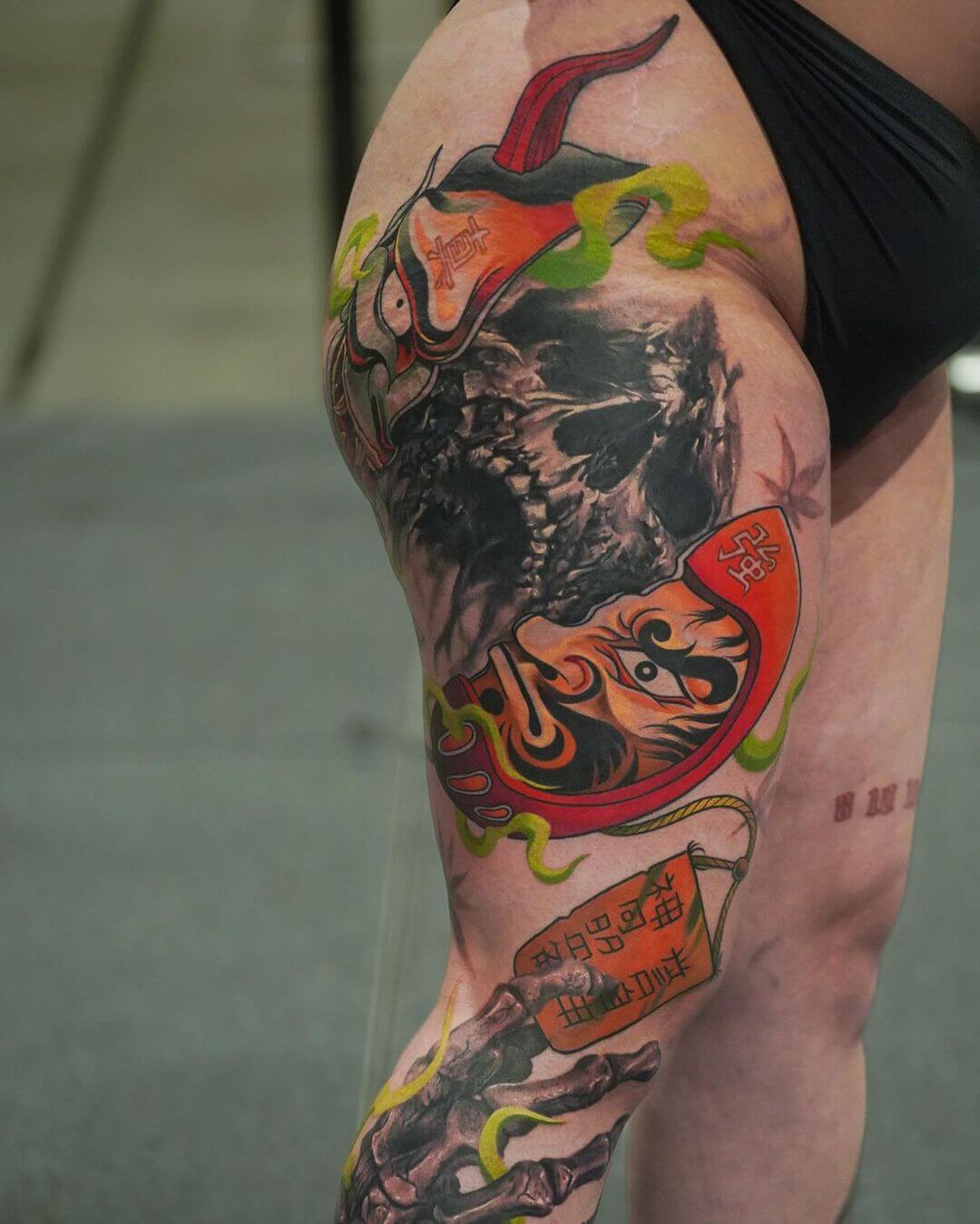
Tattoo culture has evolved significantly over the years, reflecting broader changes in art, personal expression, and individualism.
One of the most notable shifts in recent years has been the move from traditional flash art designs to more personalized, custom tattoo creations. This transformation has not only influenced the aesthetics of tattoos but has also impacted the tattoo industry and the way people perceive body art.
Understanding Flash Art
What is Flash Art?
- Definition and Origin: Flash art refers to pre-designed tattoo images displayed on sheets or walls in tattoo studios. These designs are often created by tattoo artists and are available for clients to choose from. The tradition of flash art dates back to the early 20th century when tattoo shops would display a set selection of designs for customers.

- Design Characteristics: Flash art typically includes classic motifs such as anchors, skulls, roses, and traditional symbols. These designs are often bold, colorful, and easily recognizable, making them a staple in traditional tattooing.

Appeal and Popularity
- Convenience and Accessibility: Flash art offers a convenient option for clients who want a tattoo but may not have a specific design in mind. It allows for quick selection and inking, making it an attractive choice for those seeking a classic or iconic tattoo.

- Consistency and Tradition: Flash art maintains a connection to the historical roots of tattooing, preserving traditional styles and designs. For many, choosing a flash tattoo is a way to honor the history and artistry of tattoo culture.

The Rise of Custom Tattoo Creations
Personalized Designs
- Individual Expression: The shift toward custom tattoo creations reflects a growing desire for personalized and unique body art. Custom tattoos are designed specifically for the individual, incorporating their ideas, experiences, and personal style. This trend emphasizes personal expression and individuality, moving beyond the standardized options of flash art.

- Collaboration with Artists: Custom tattoos often involve close collaboration between the client and the tattoo artist. This process allows for a more intimate and tailored design experience, resulting in a tattoo that is uniquely meaningful to the wearer.
 |
 |
Impact on Tattoo Culture
- Creative Freedom: The rise of custom tattoos has expanded the creative freedom of tattoo artists. Artists are now able to explore diverse styles, techniques, and concepts, resulting in a broader range of tattoo designs.

- Personal Significance: Custom tattoos often carry deeper personal significance for clients. By incorporating personal stories, symbols, or themes, clients create tattoos that resonate with their individual experiences and values.
 |
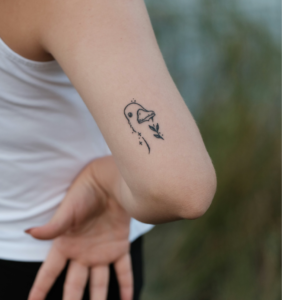 |
The Future of Tattoo Design Trends
Technological Advancements
- Digital Design Tools: Advances in digital technology have revolutionized the tattoo design process. Tattoo artists now use digital tools to create and refine custom designs, allowing for greater precision and flexibility in the design process.

- Augmented Reality (AR): AR technology is starting to be used in tattoo studios to help clients visualize how custom designs will look on their skin before getting inked. This technology enhances the client’s experience and ensures greater satisfaction with the final design.
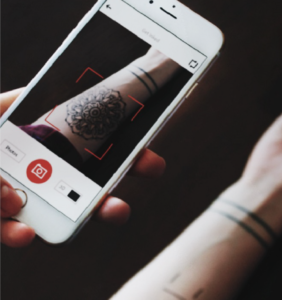 |
 |
Evolving Aesthetics
- Diverse Influences: As tattoo culture continues to evolve, new styles and trends will emerge, influenced by global art movements, cultural shifts, and individual creativity. The future of tattoo design will likely see an even greater emphasis on personalization and artistic innovation.
 |
 |
 |
 |
With the development of the digital age and the growth of the tattoo industry, there is an increasing need to enhance the quality of design.
This has encouraged tattoo artists to not only refine their tattooing skills but also expand their expertise in 2D and 3D design software. Improving design quality and adopting more professional ways to work and communicate with customers are now essential.














